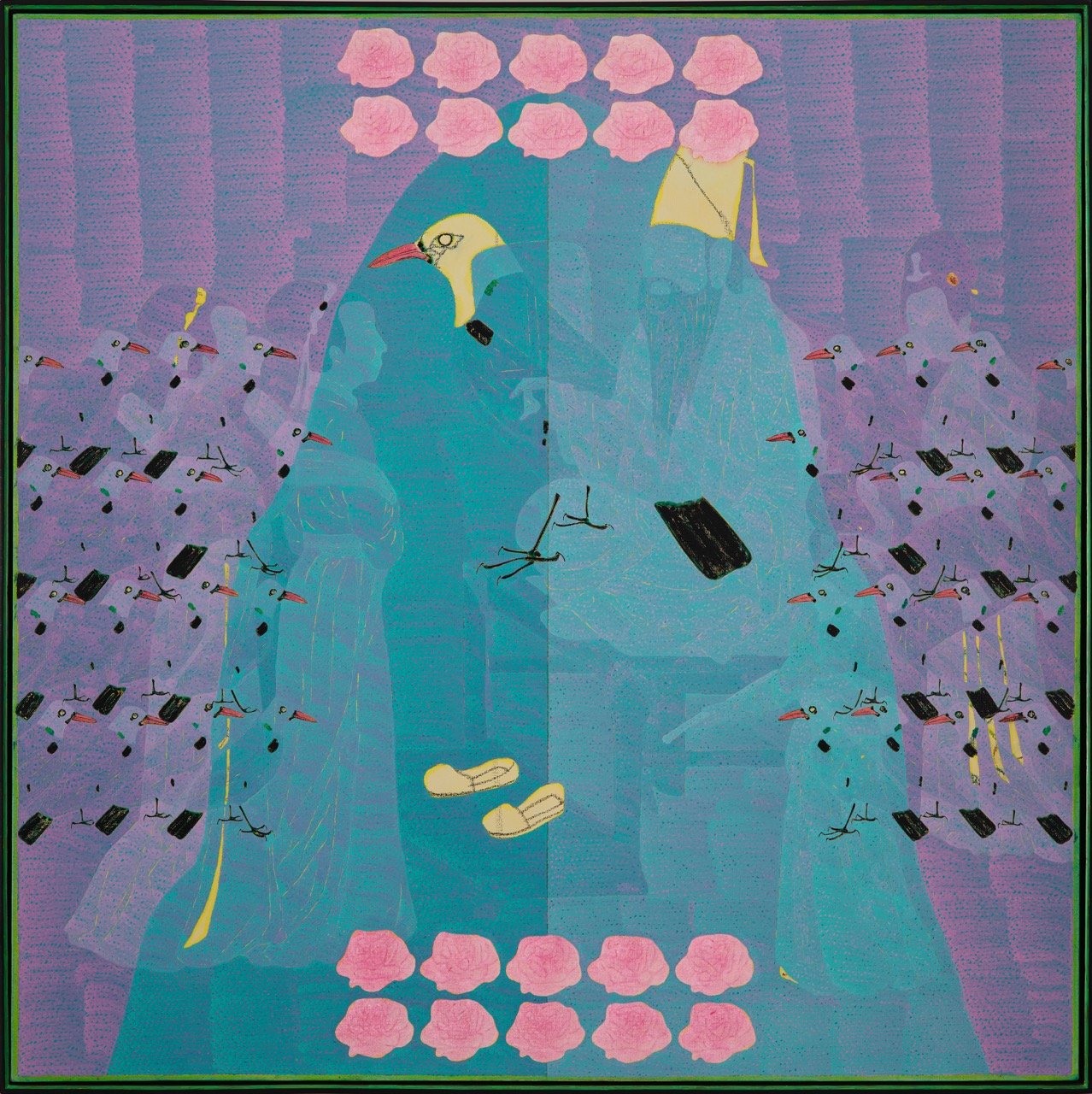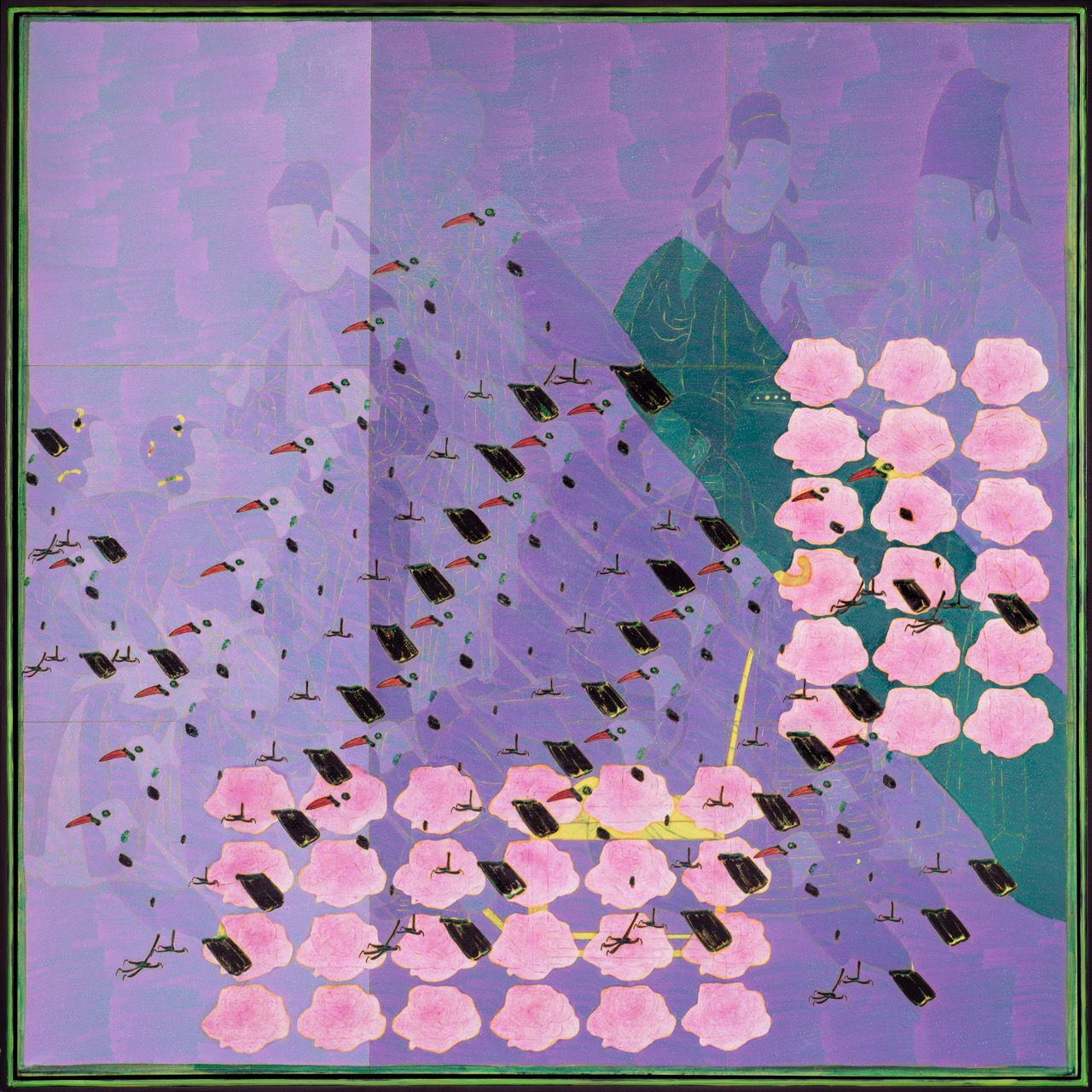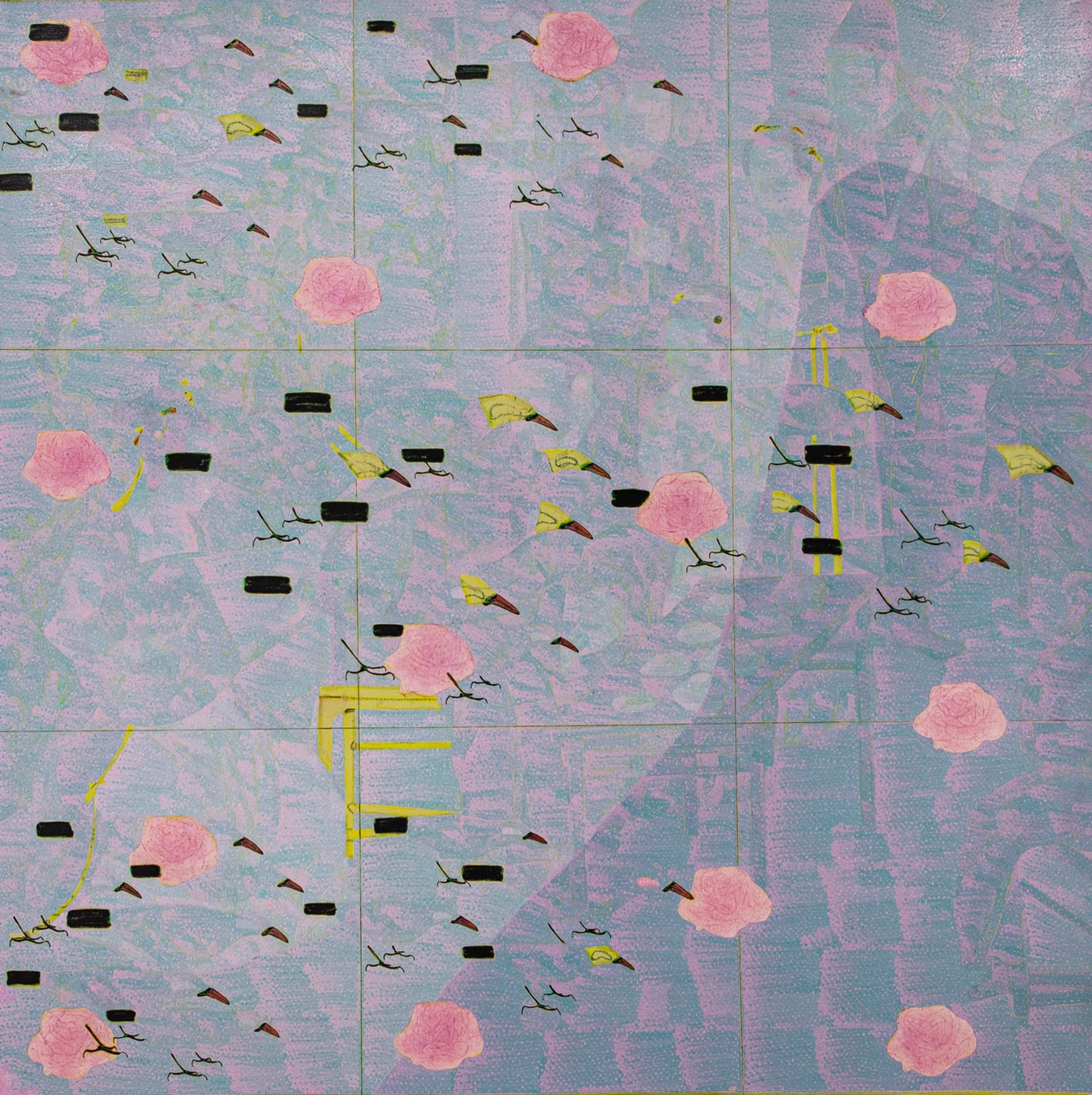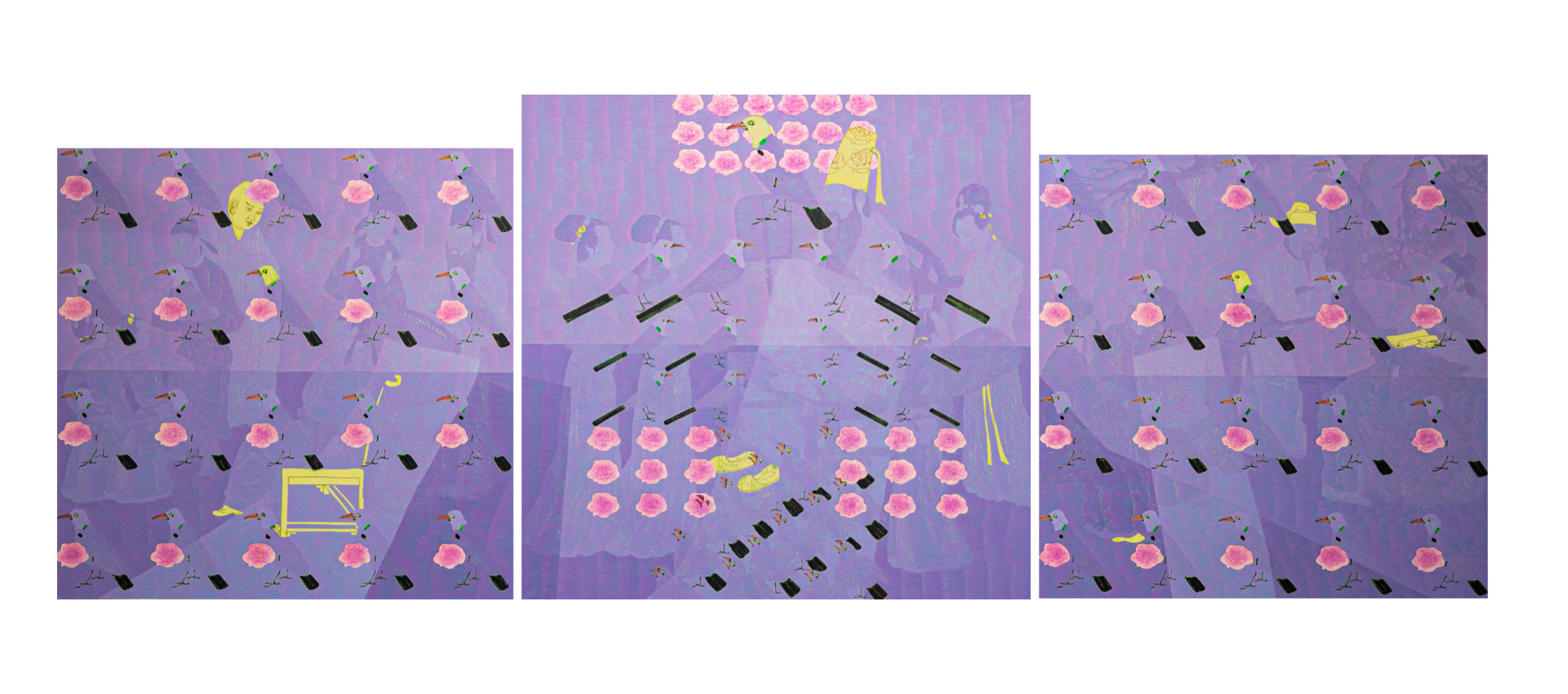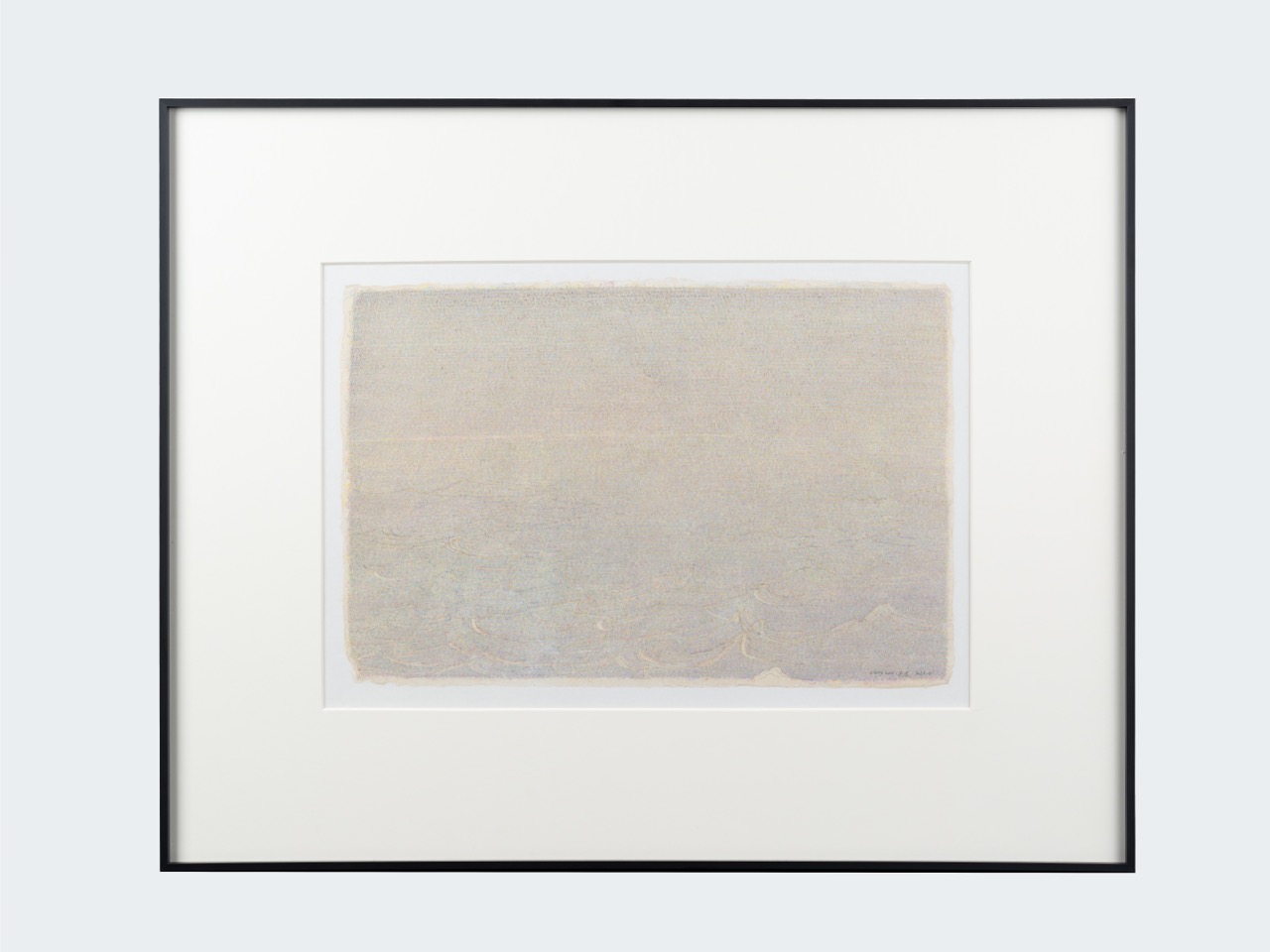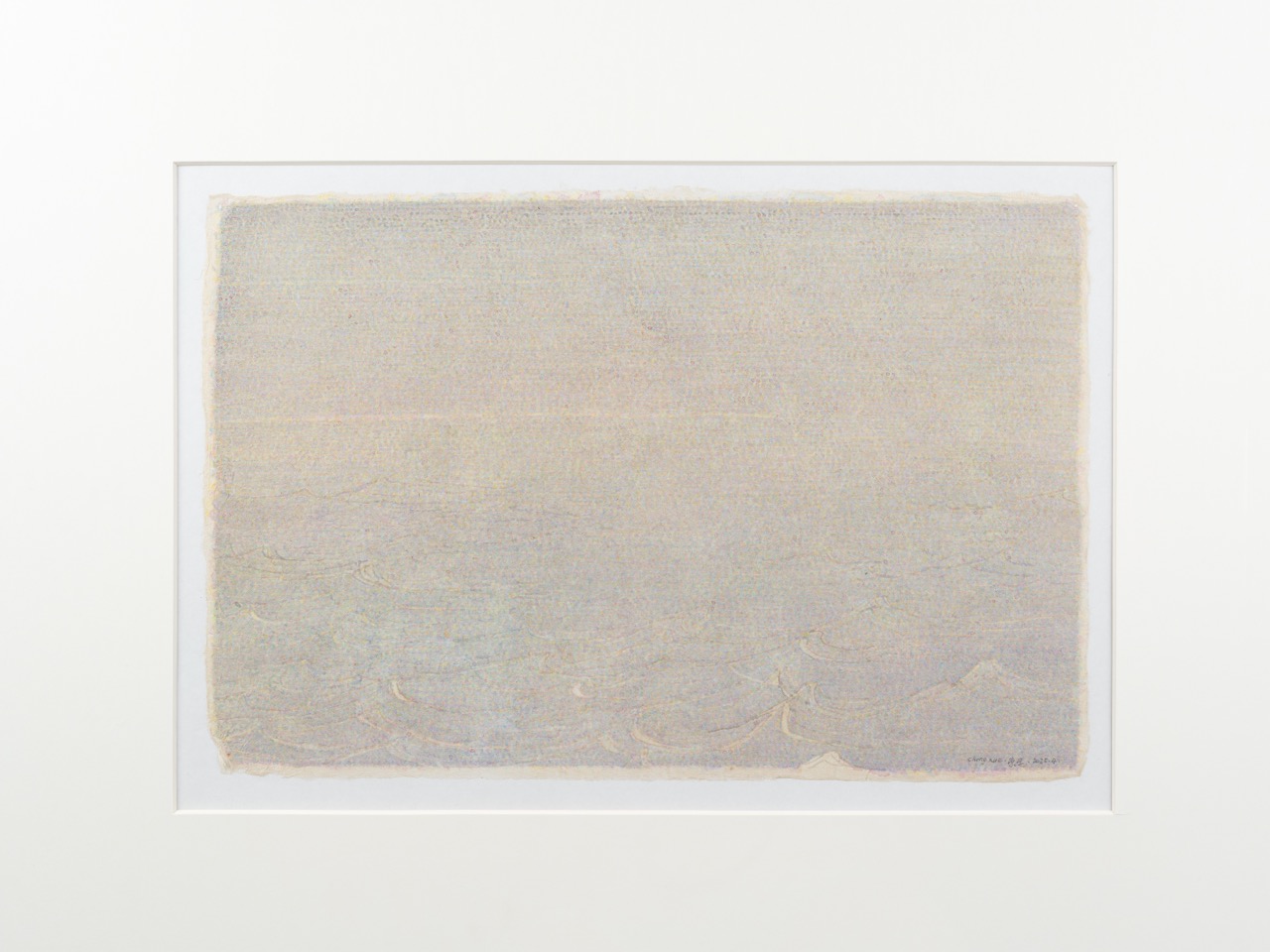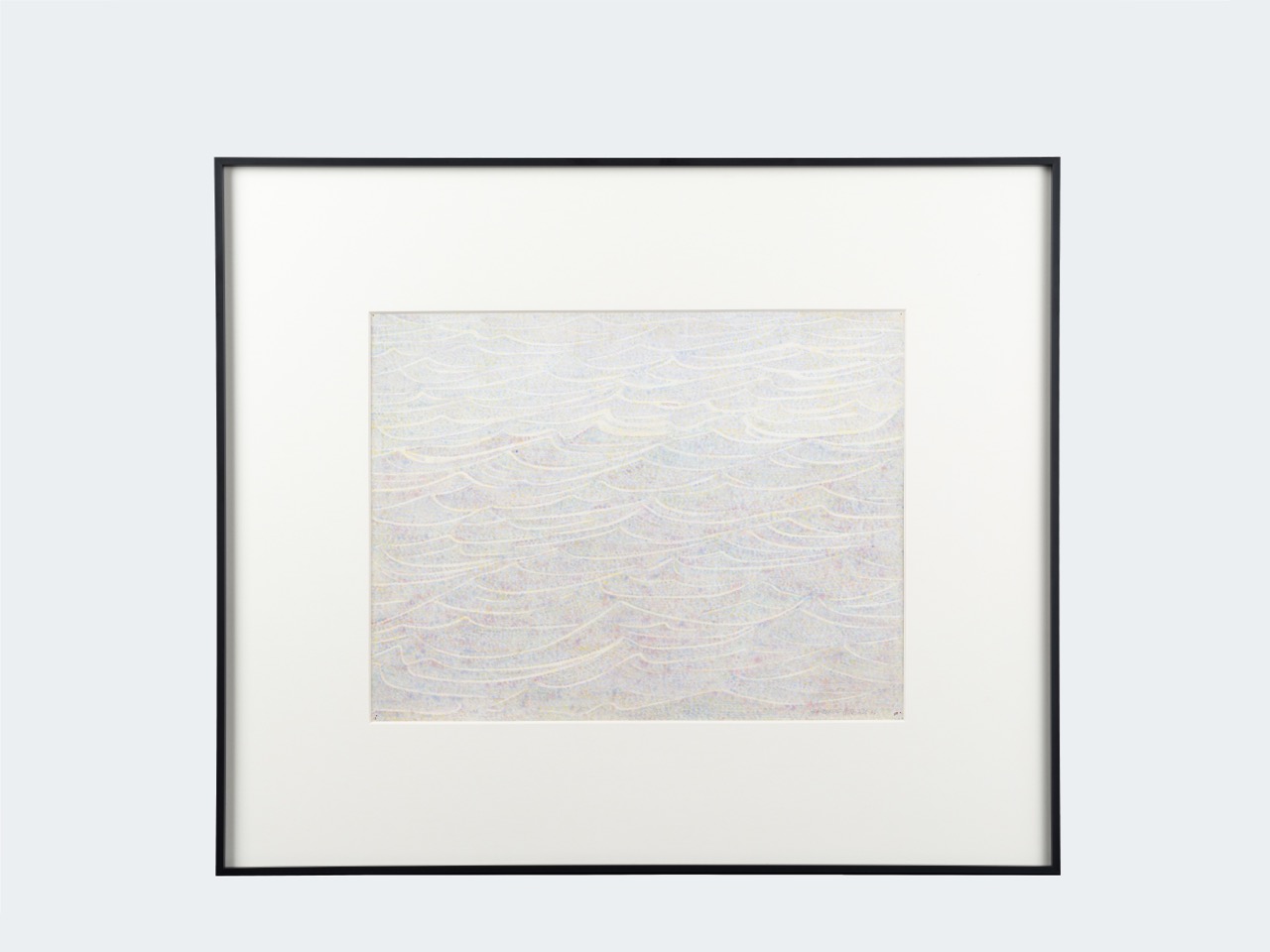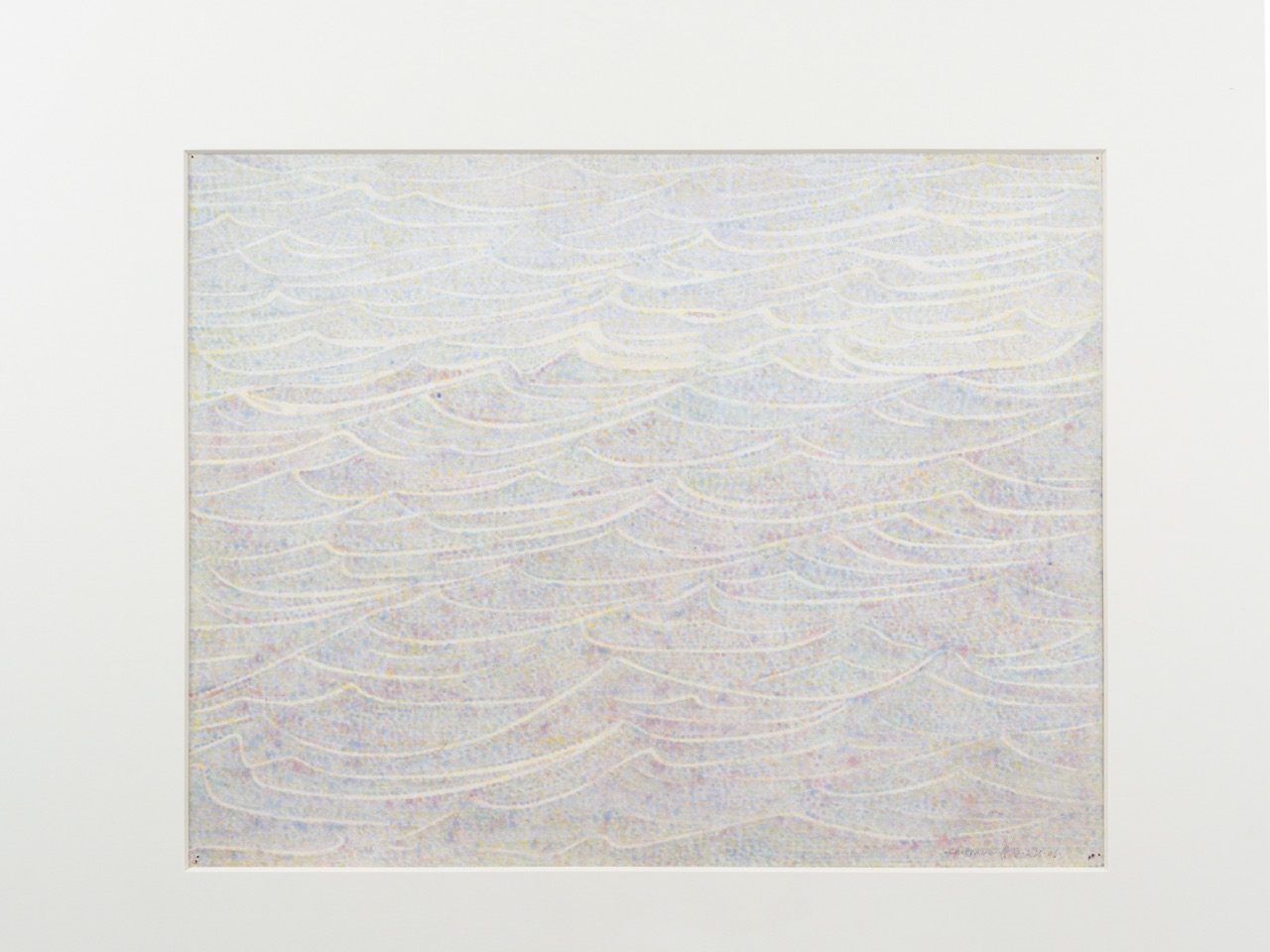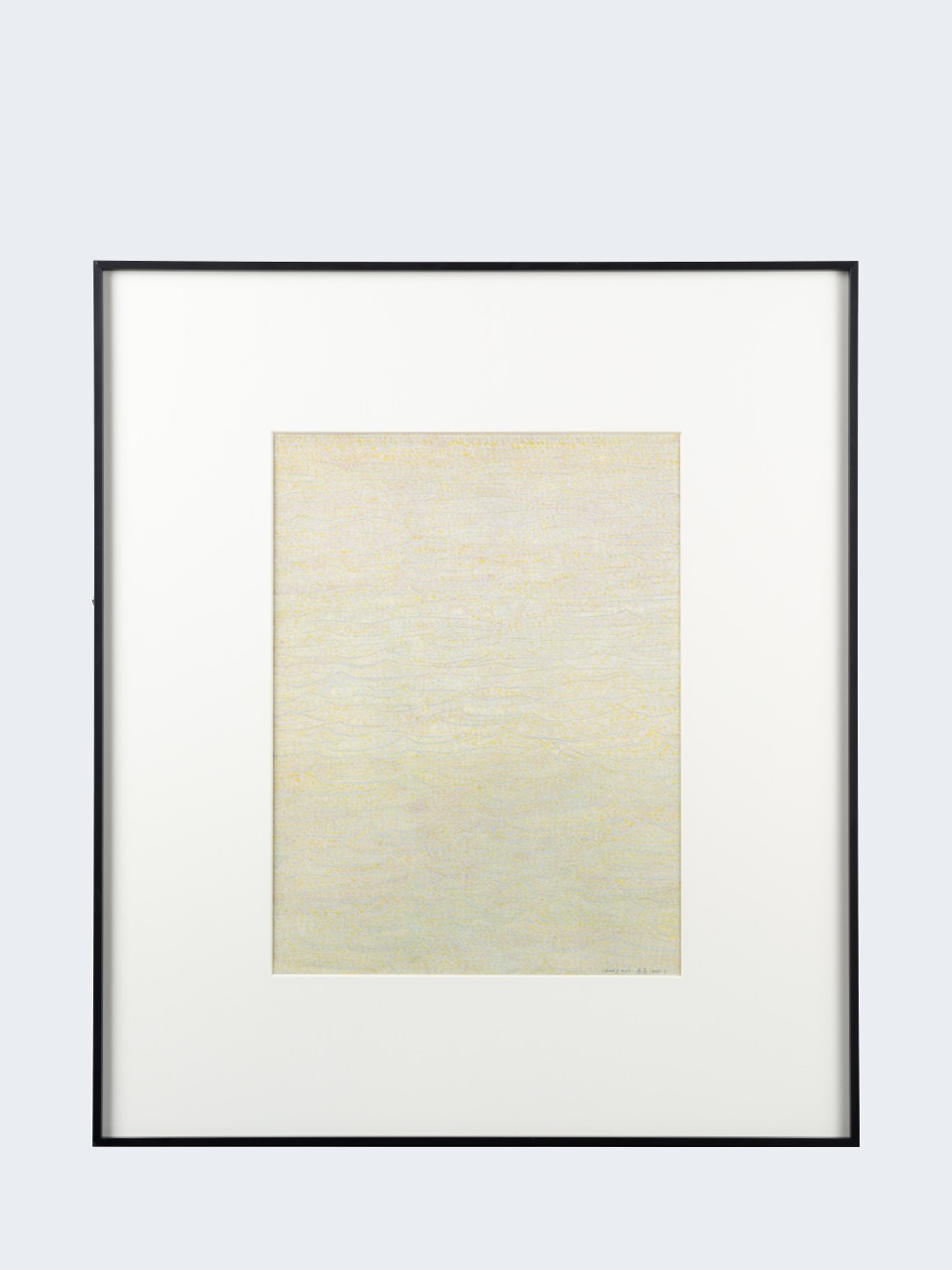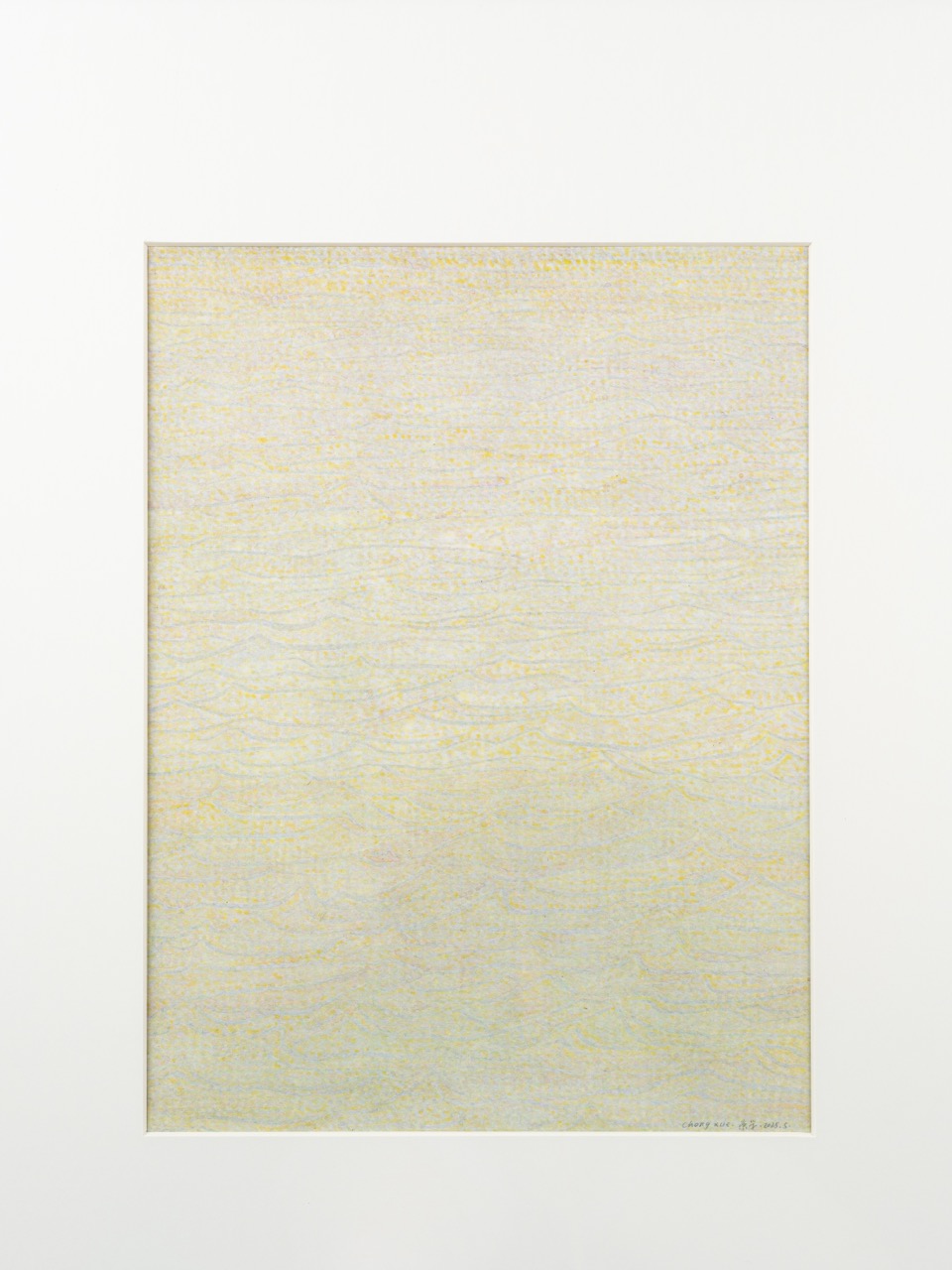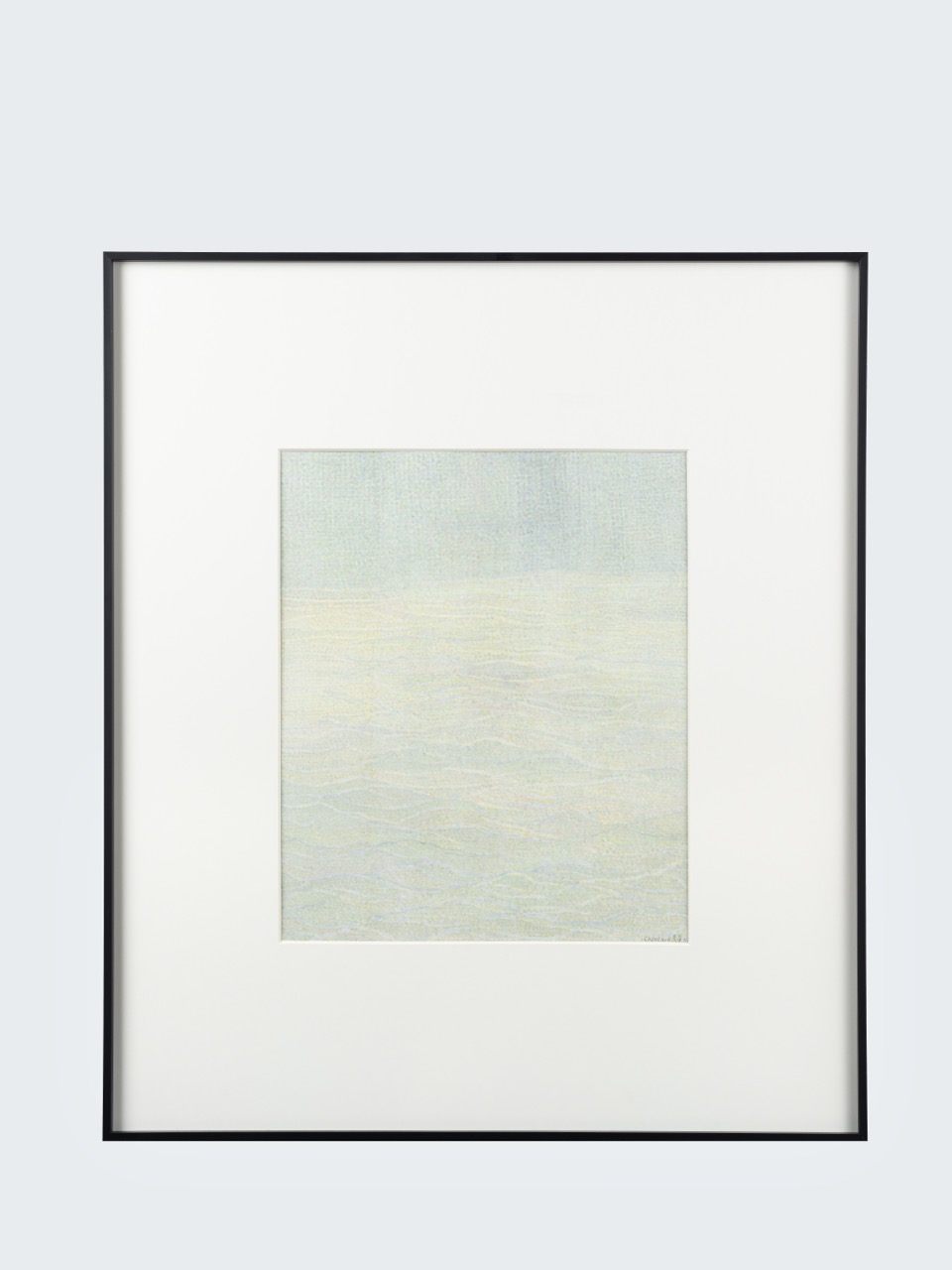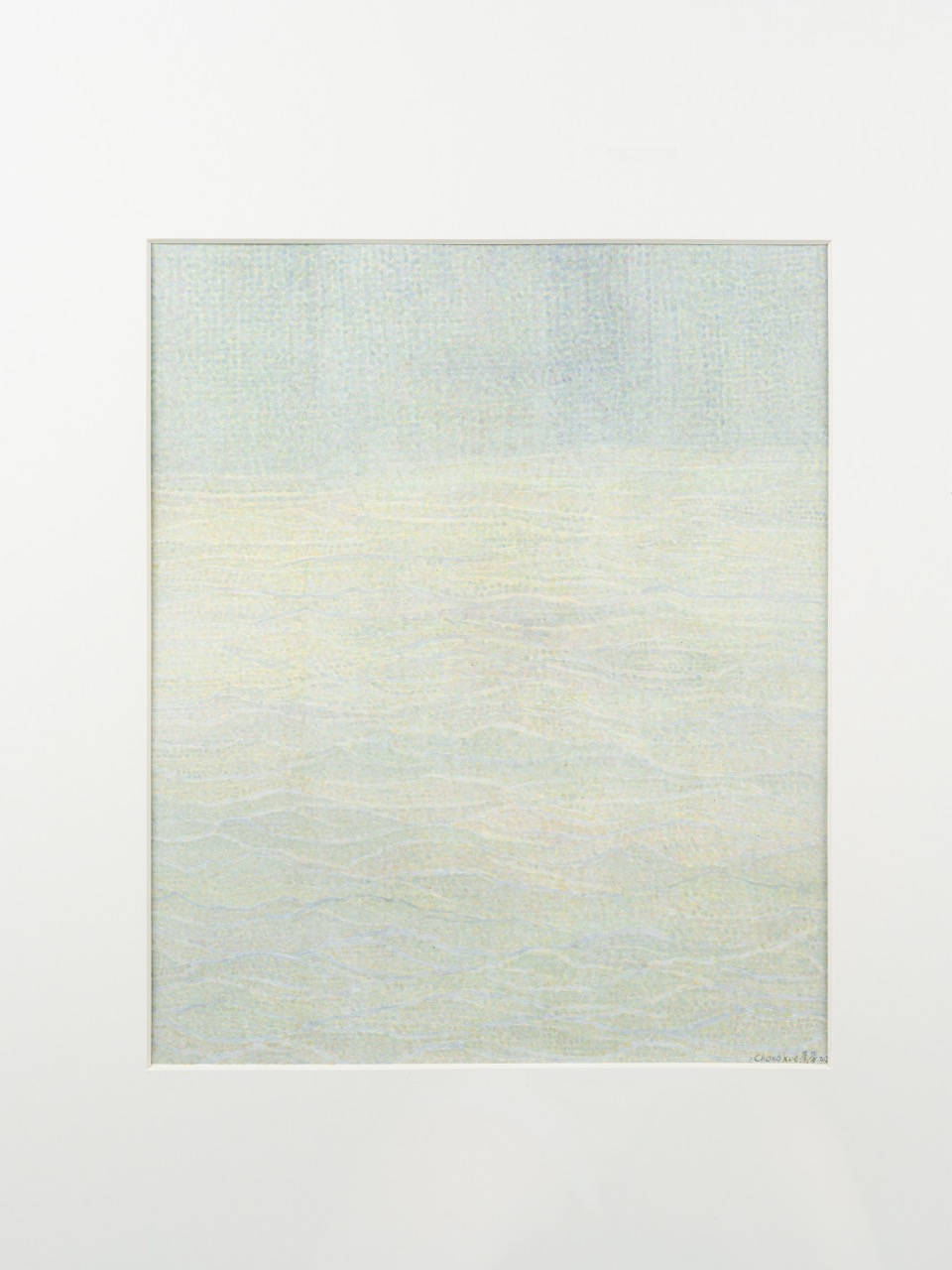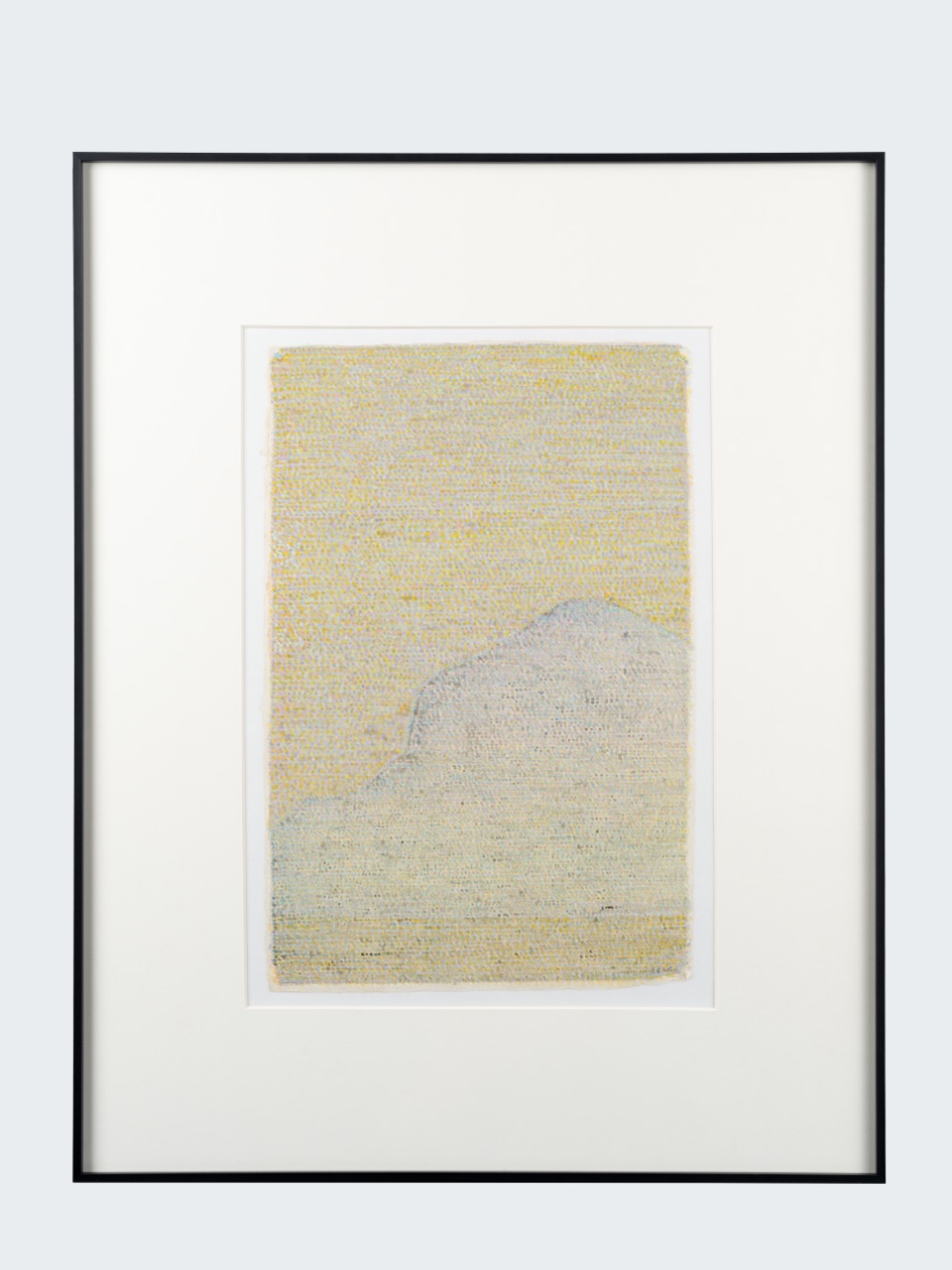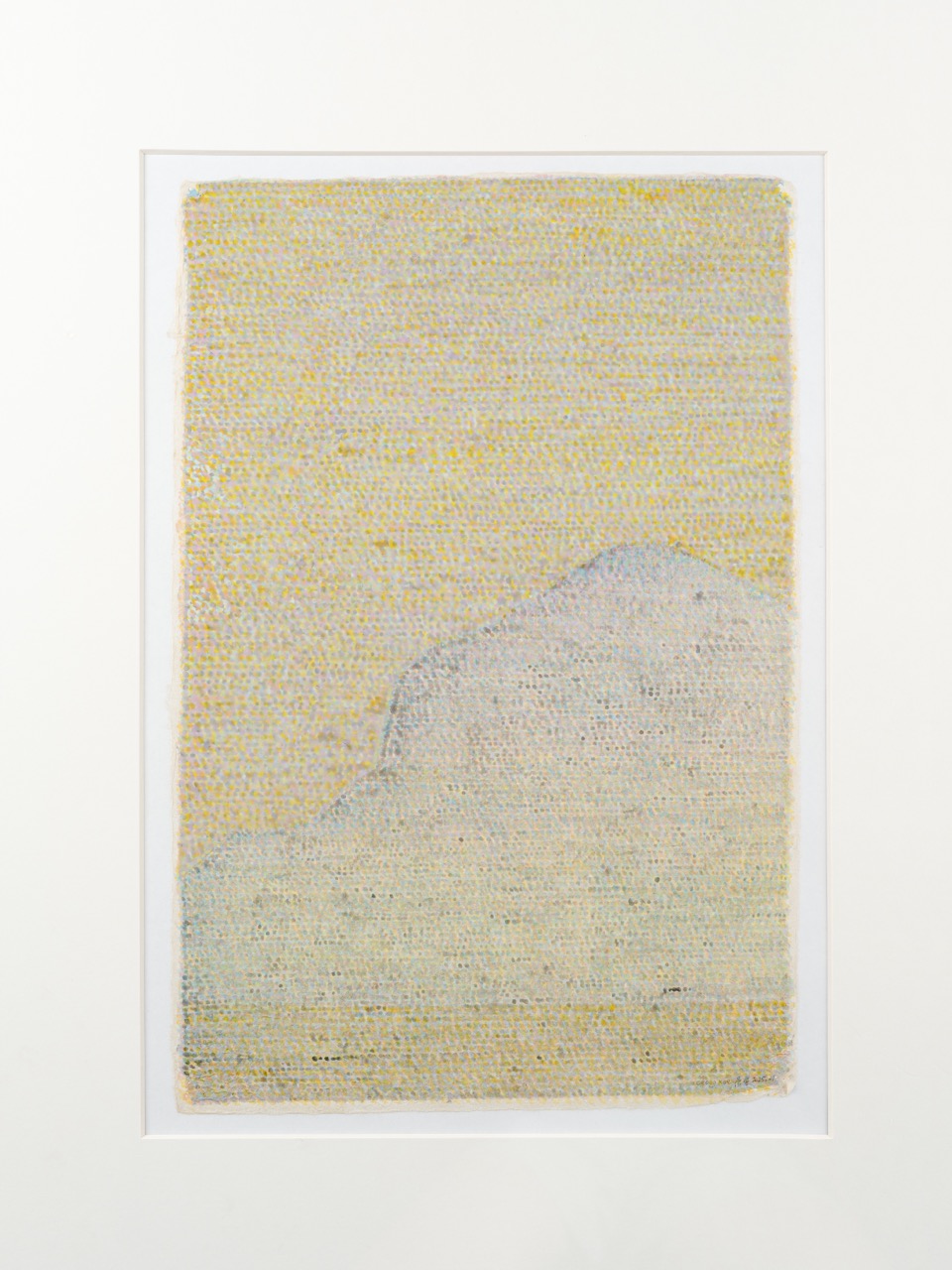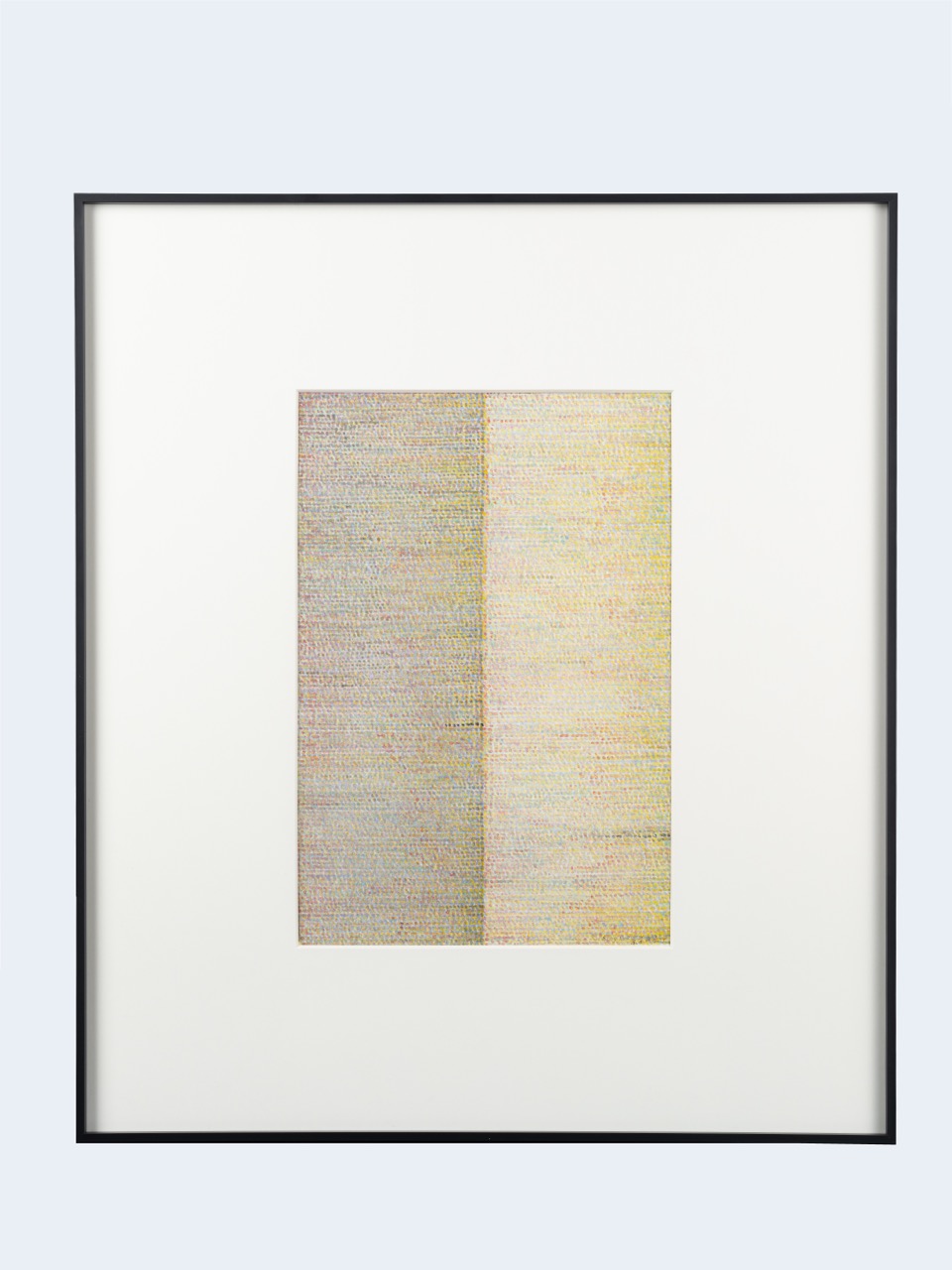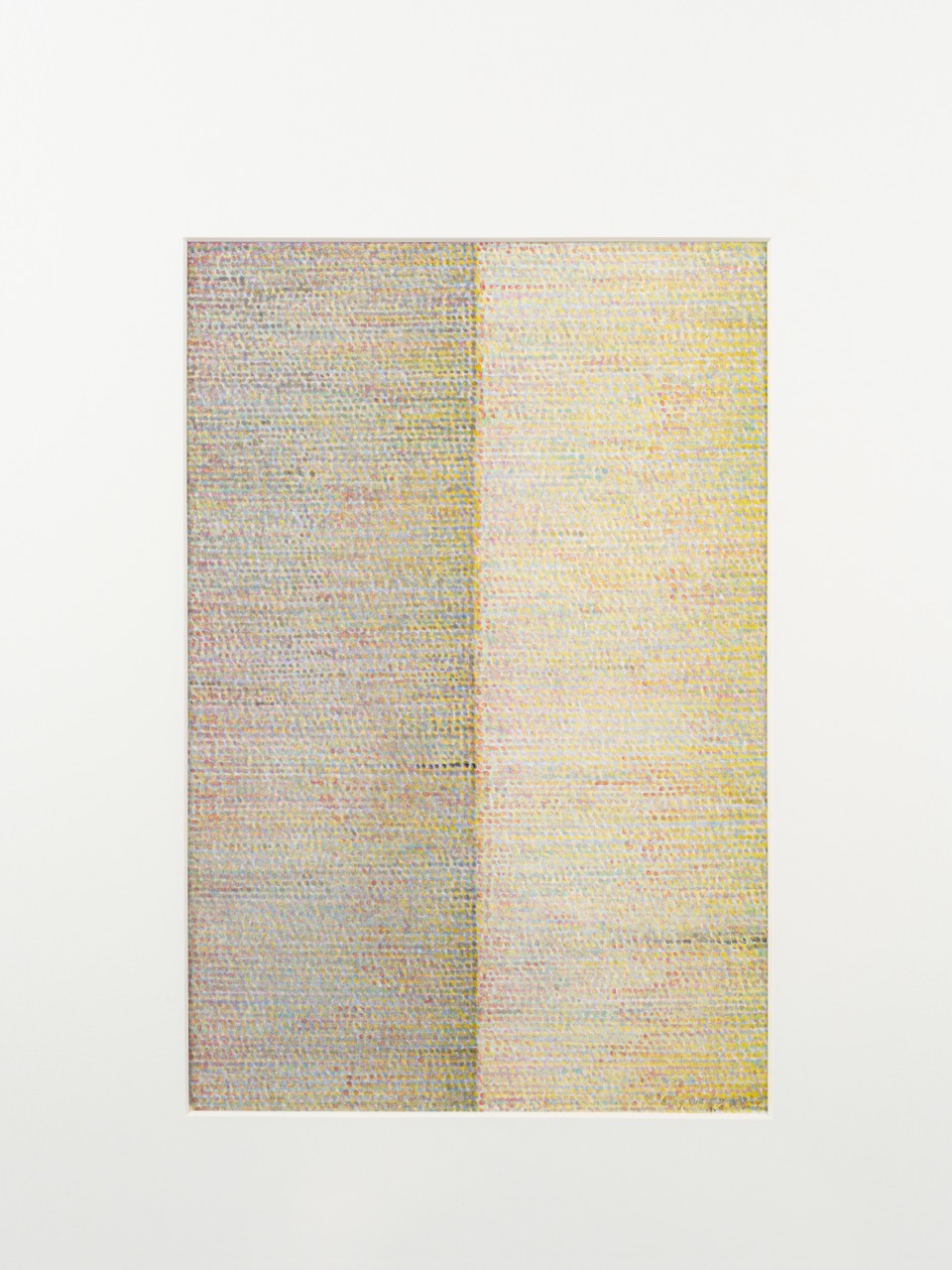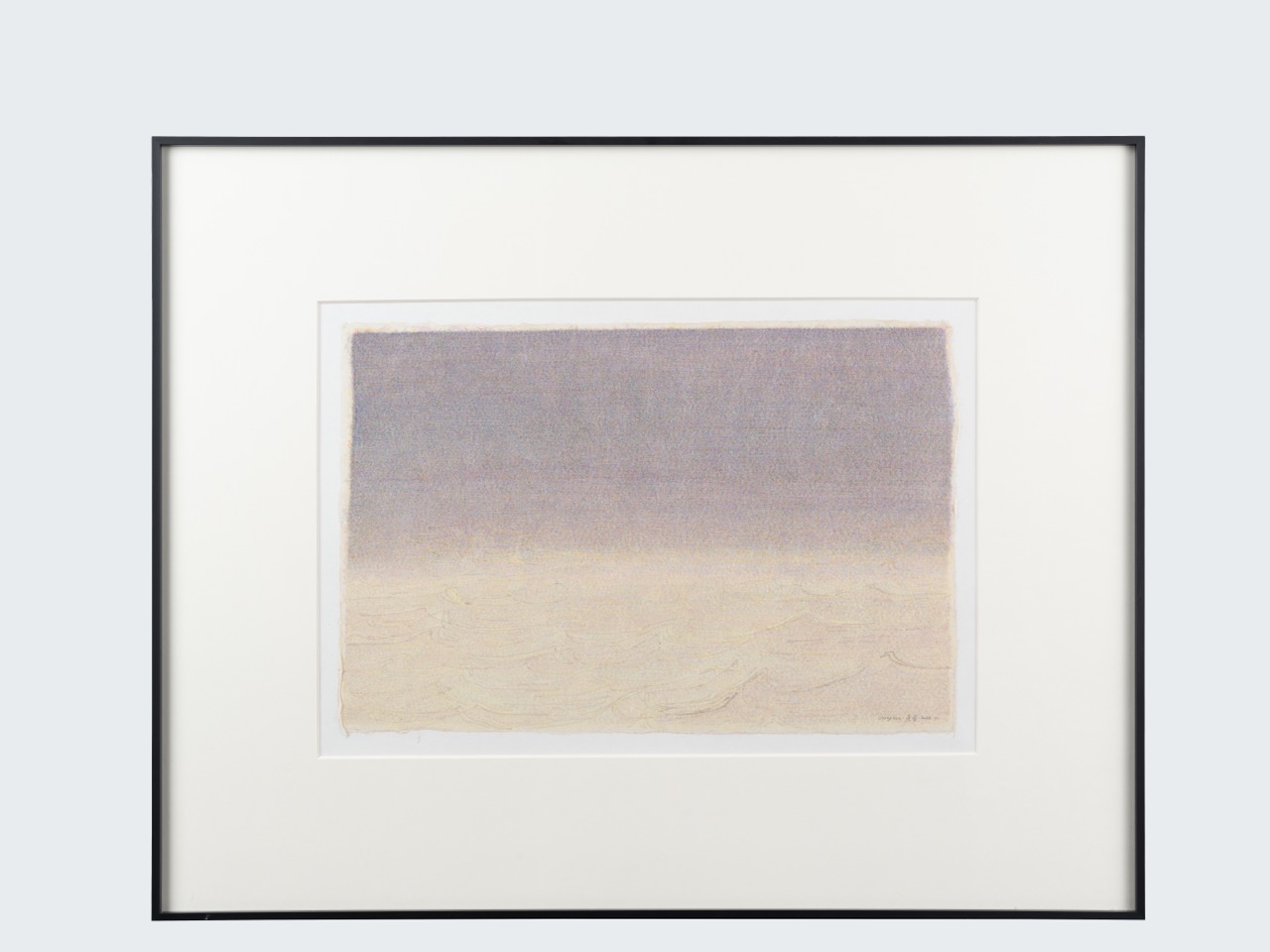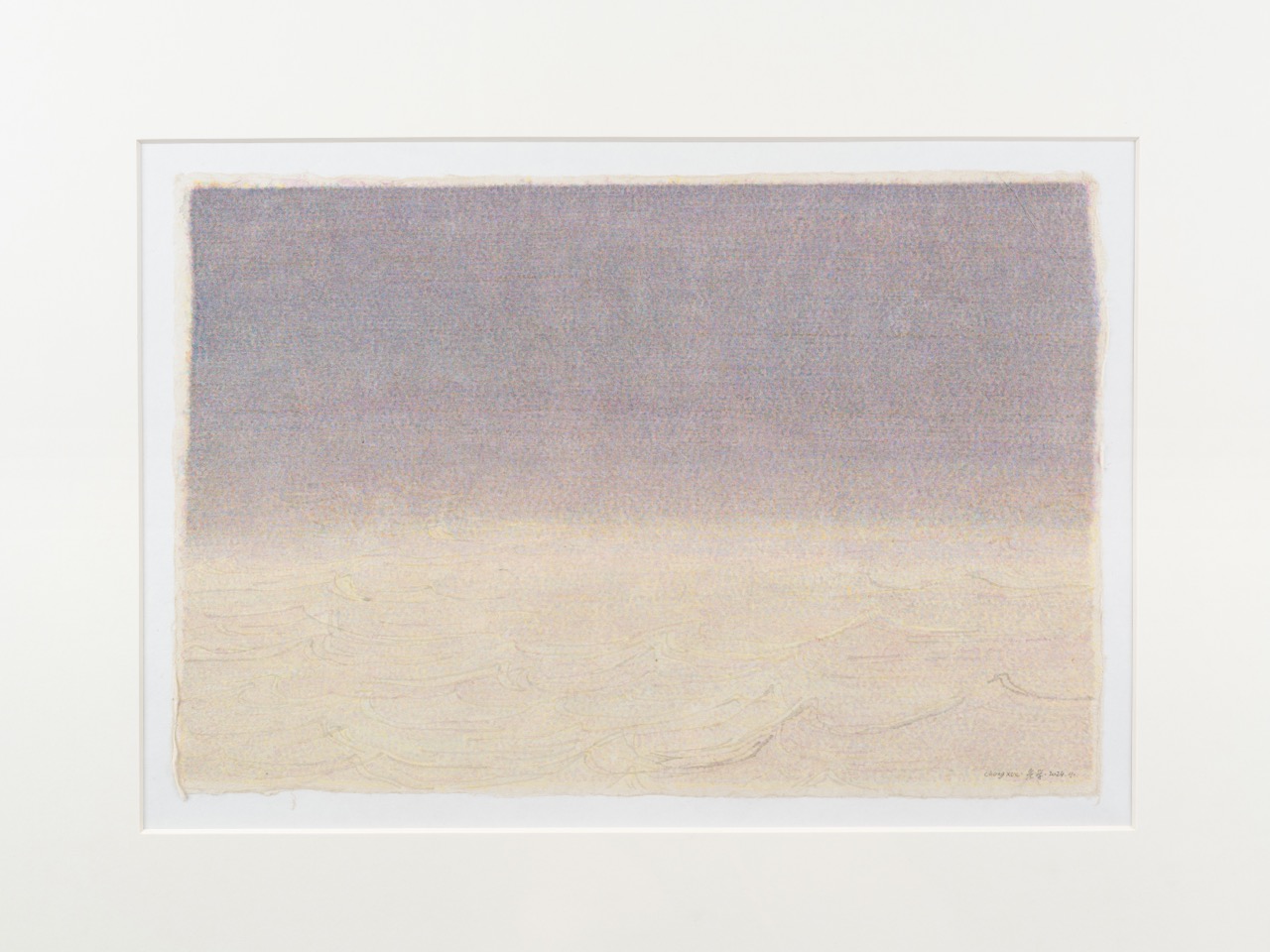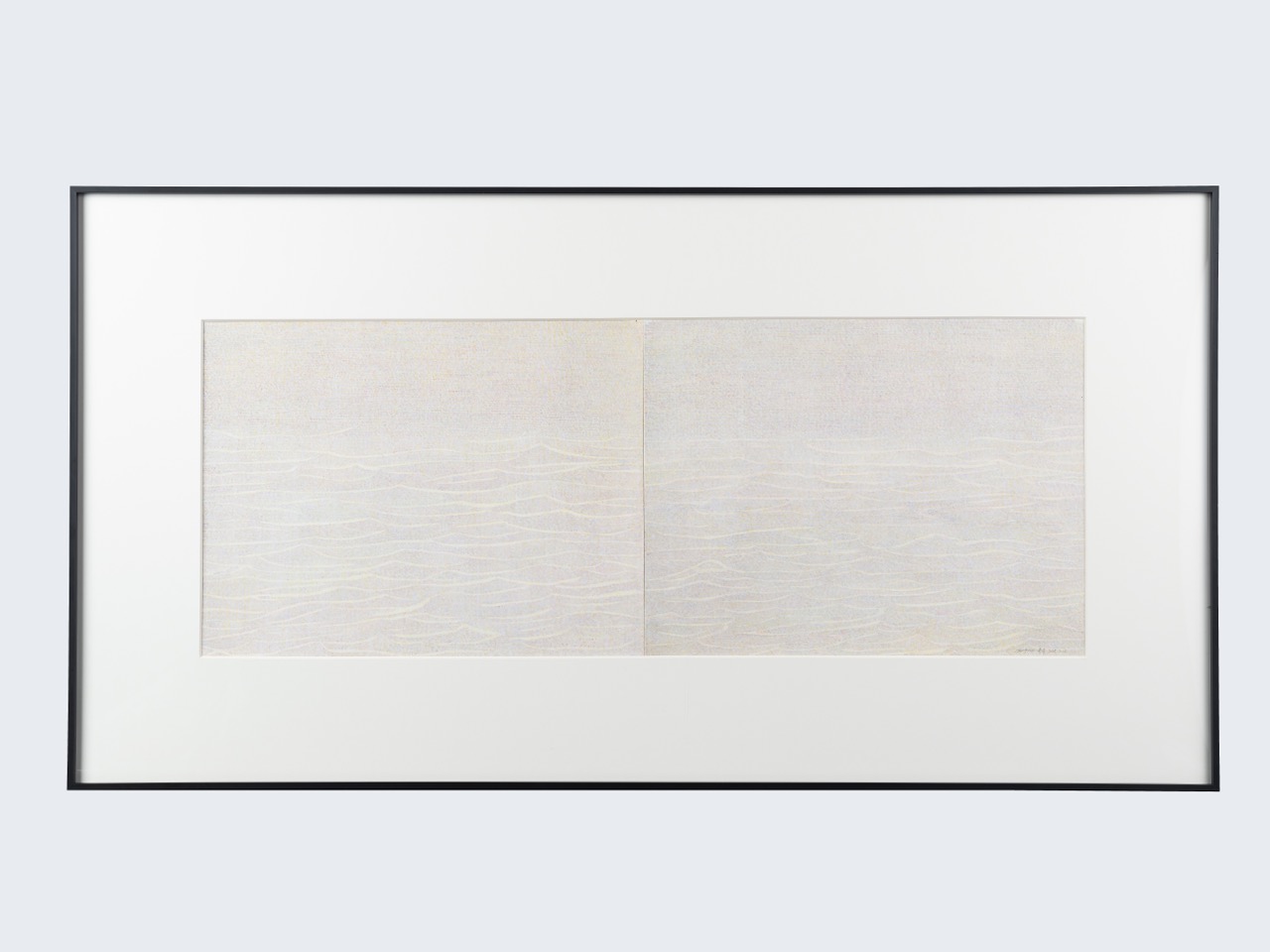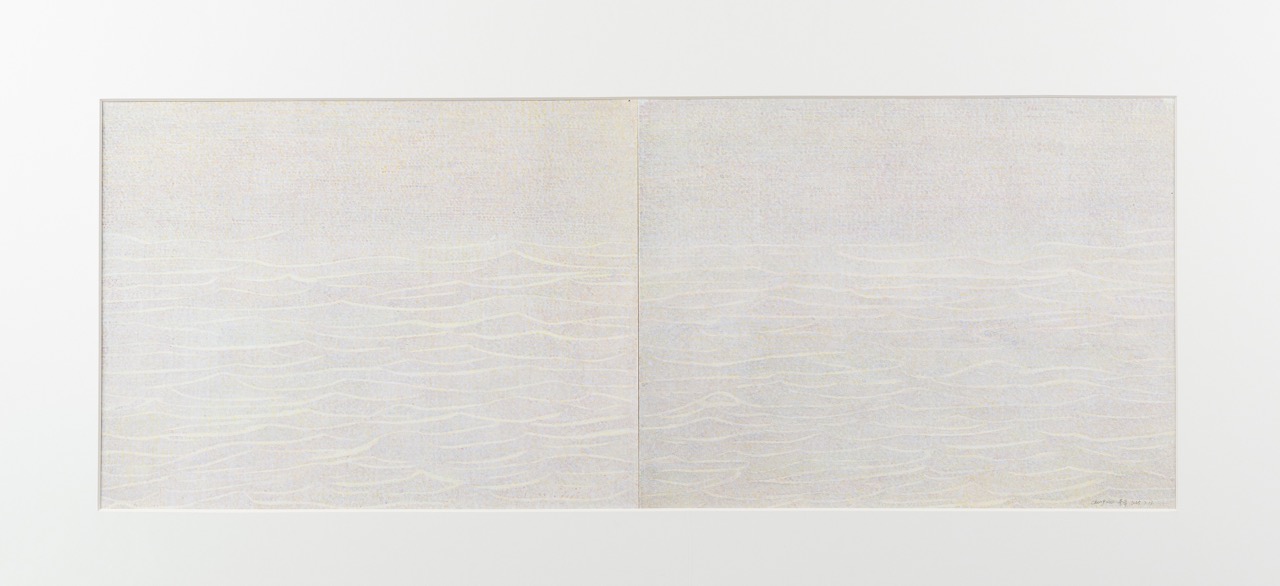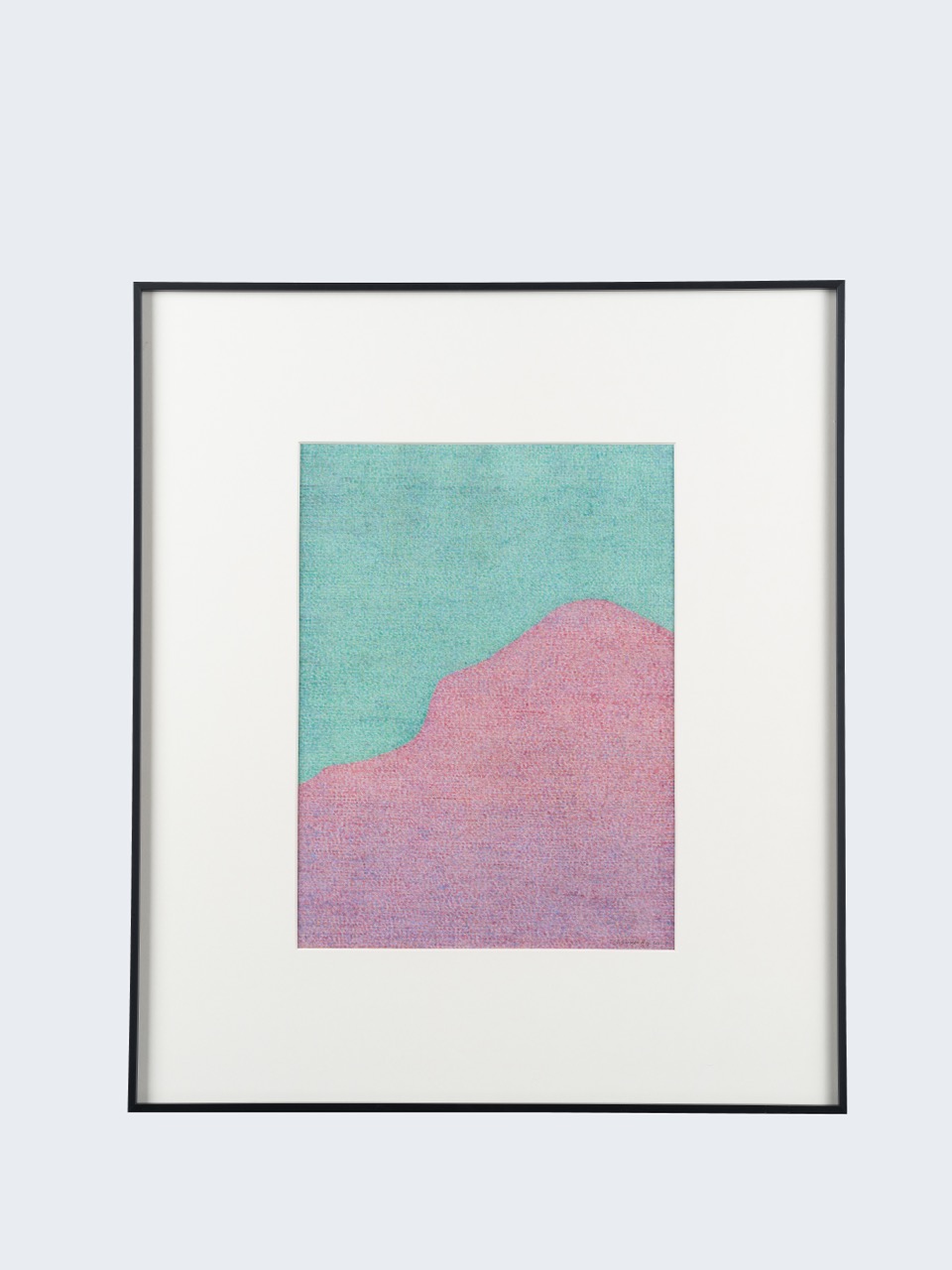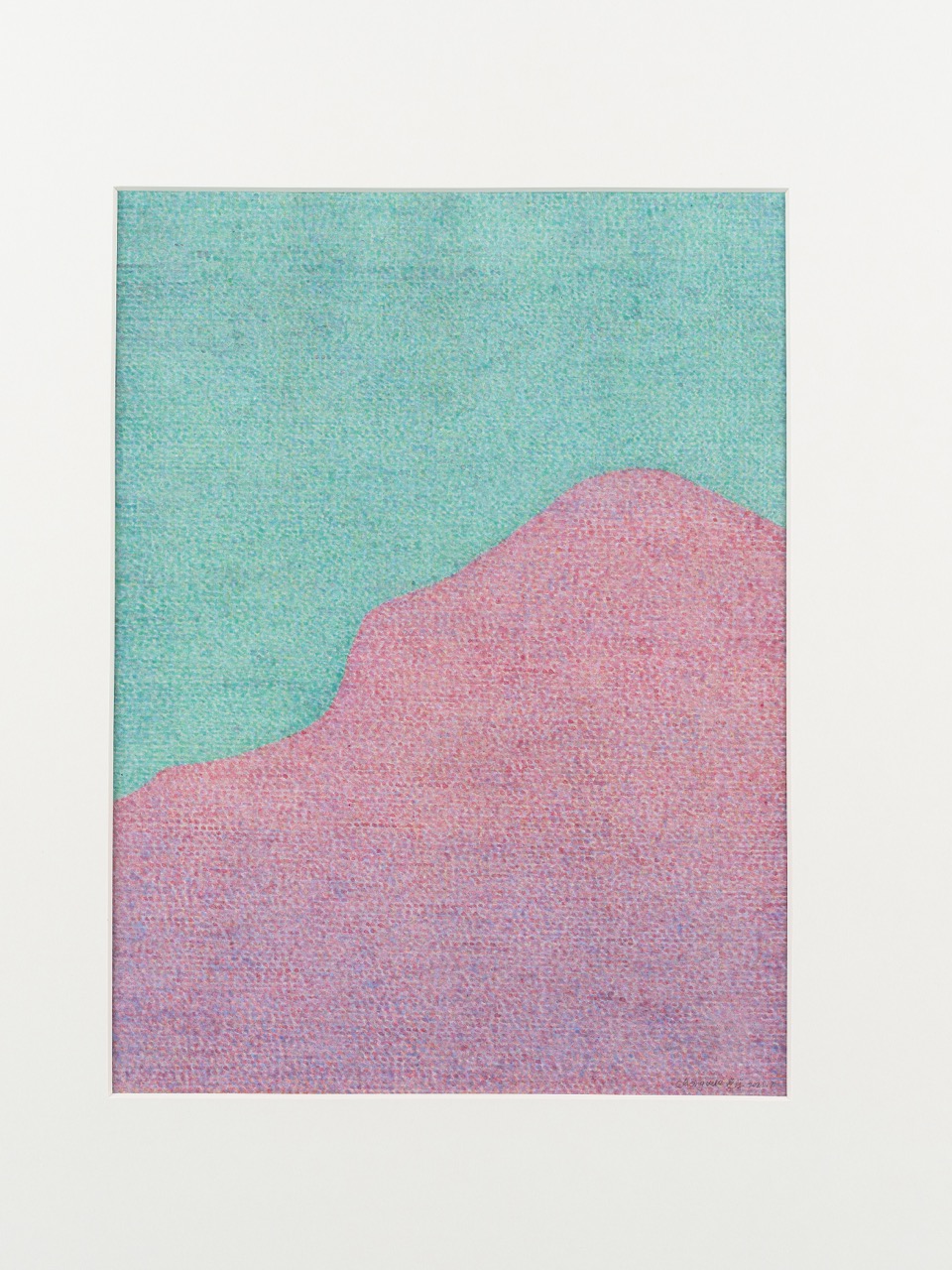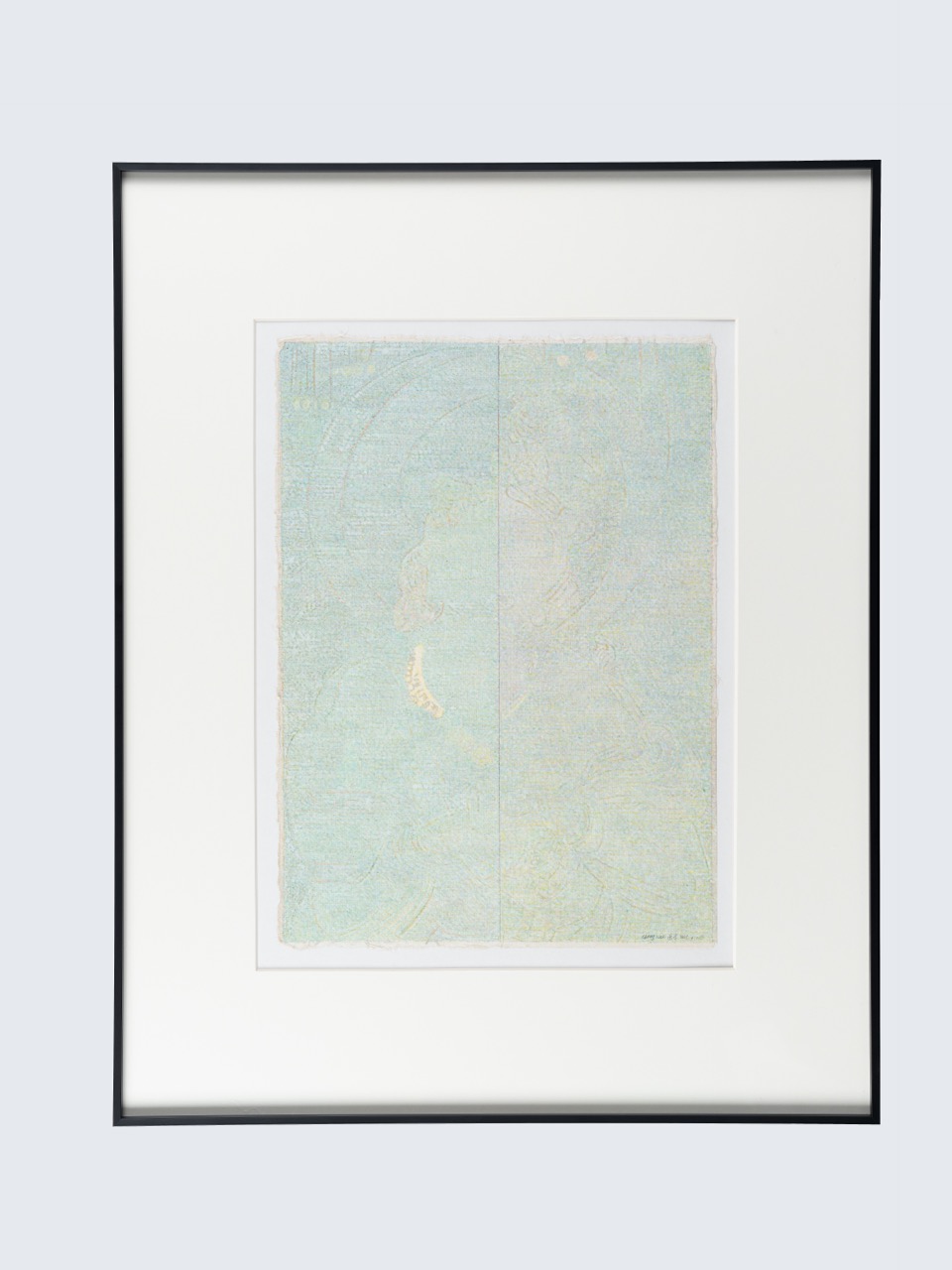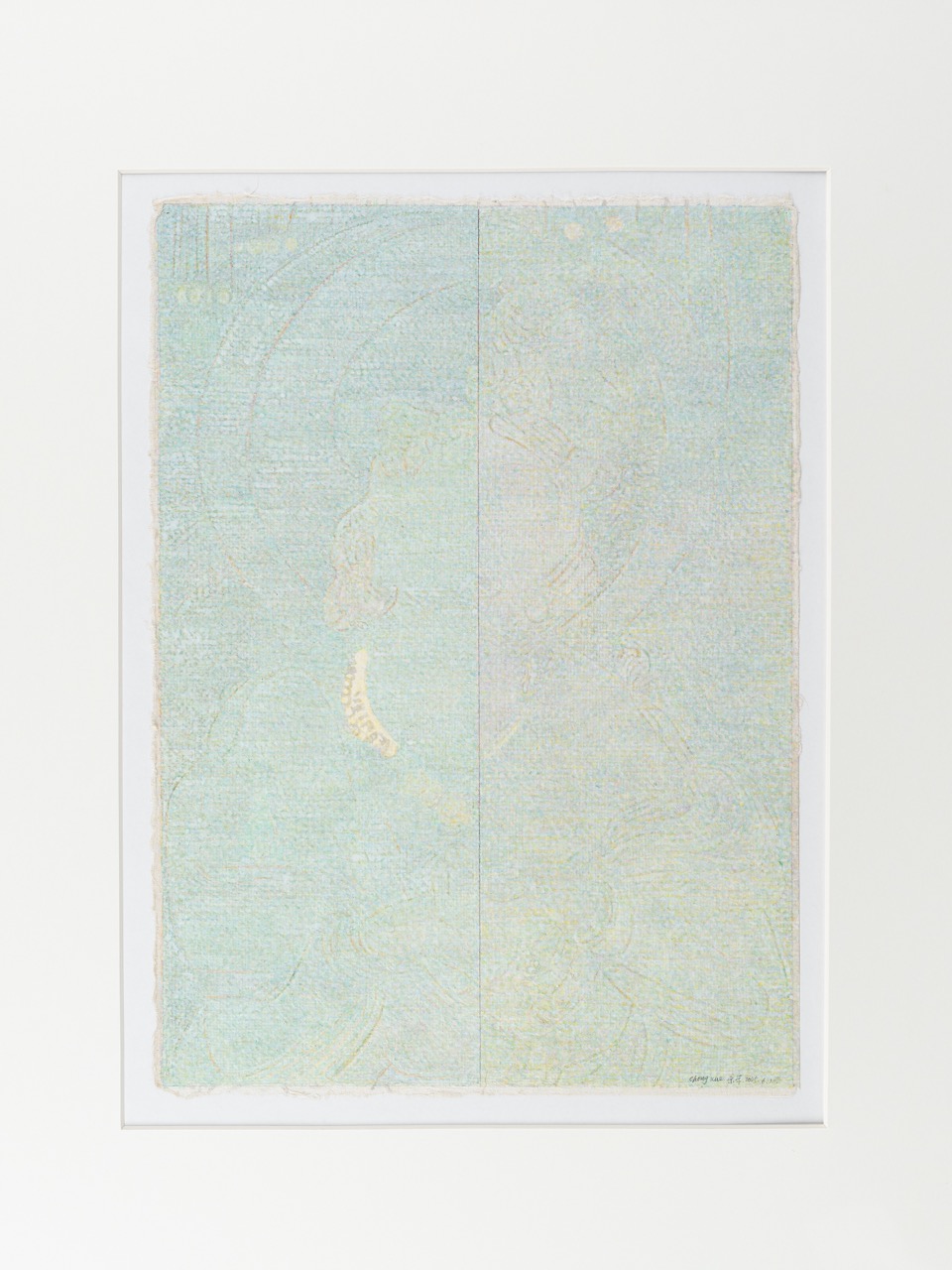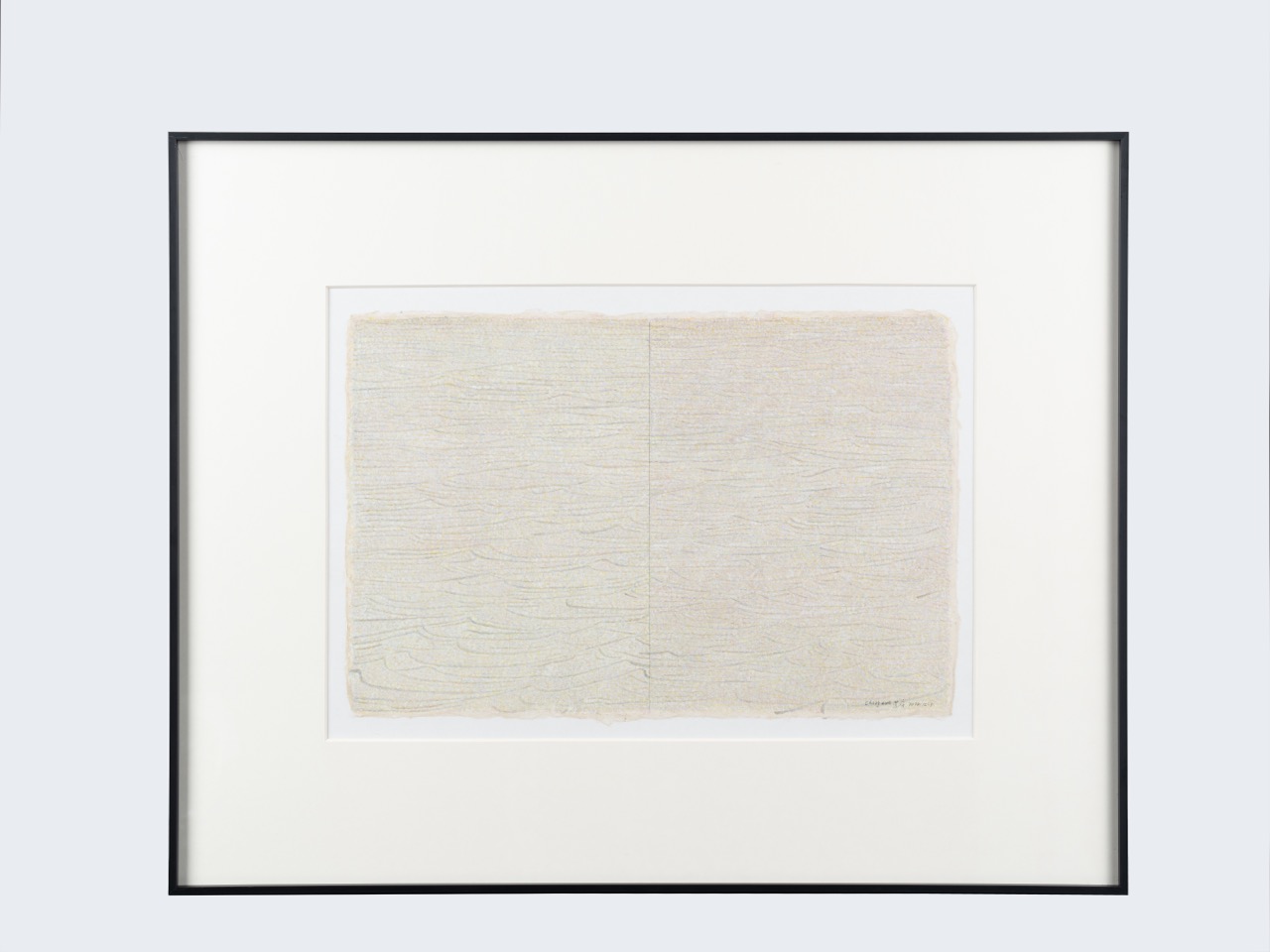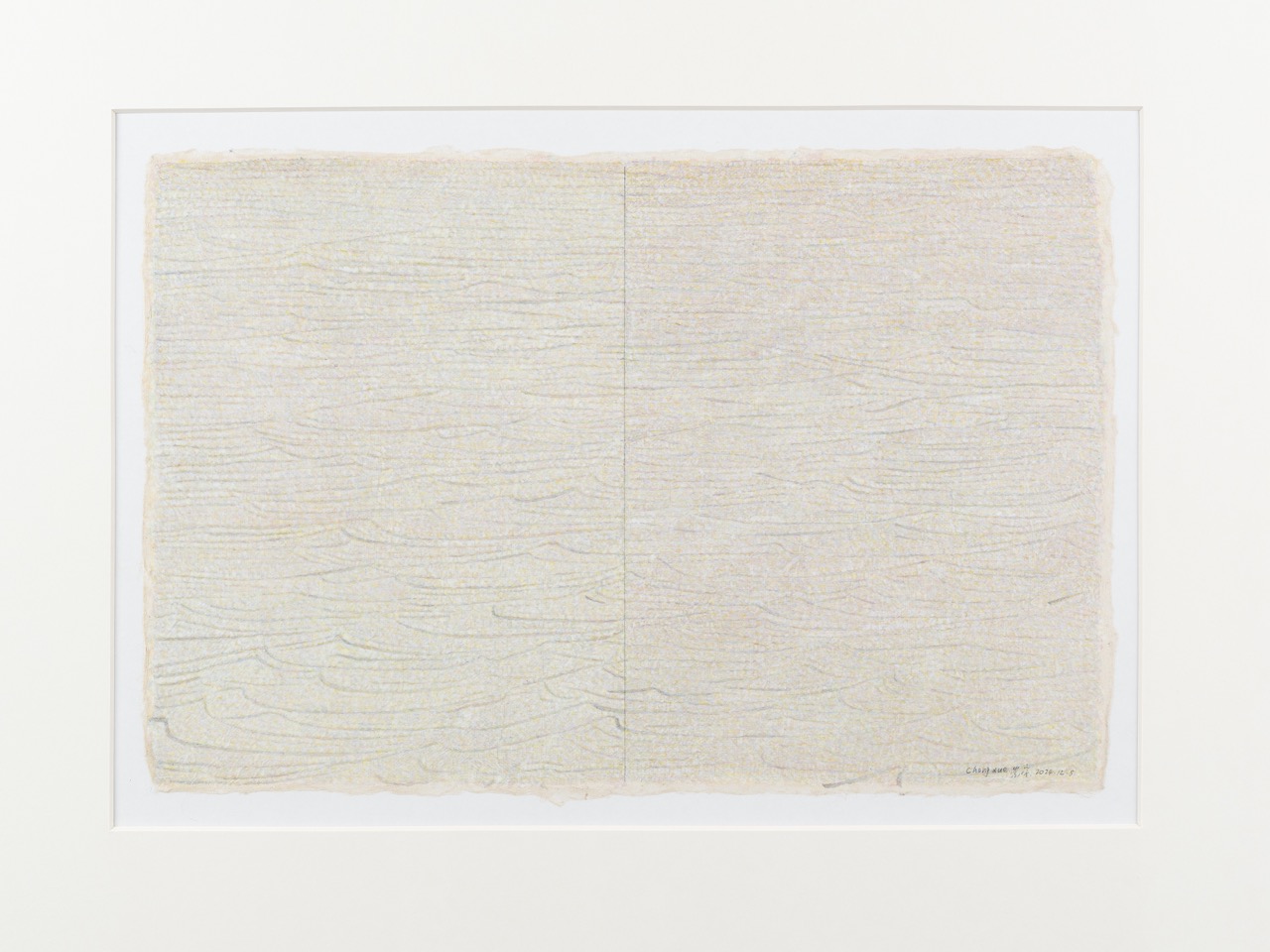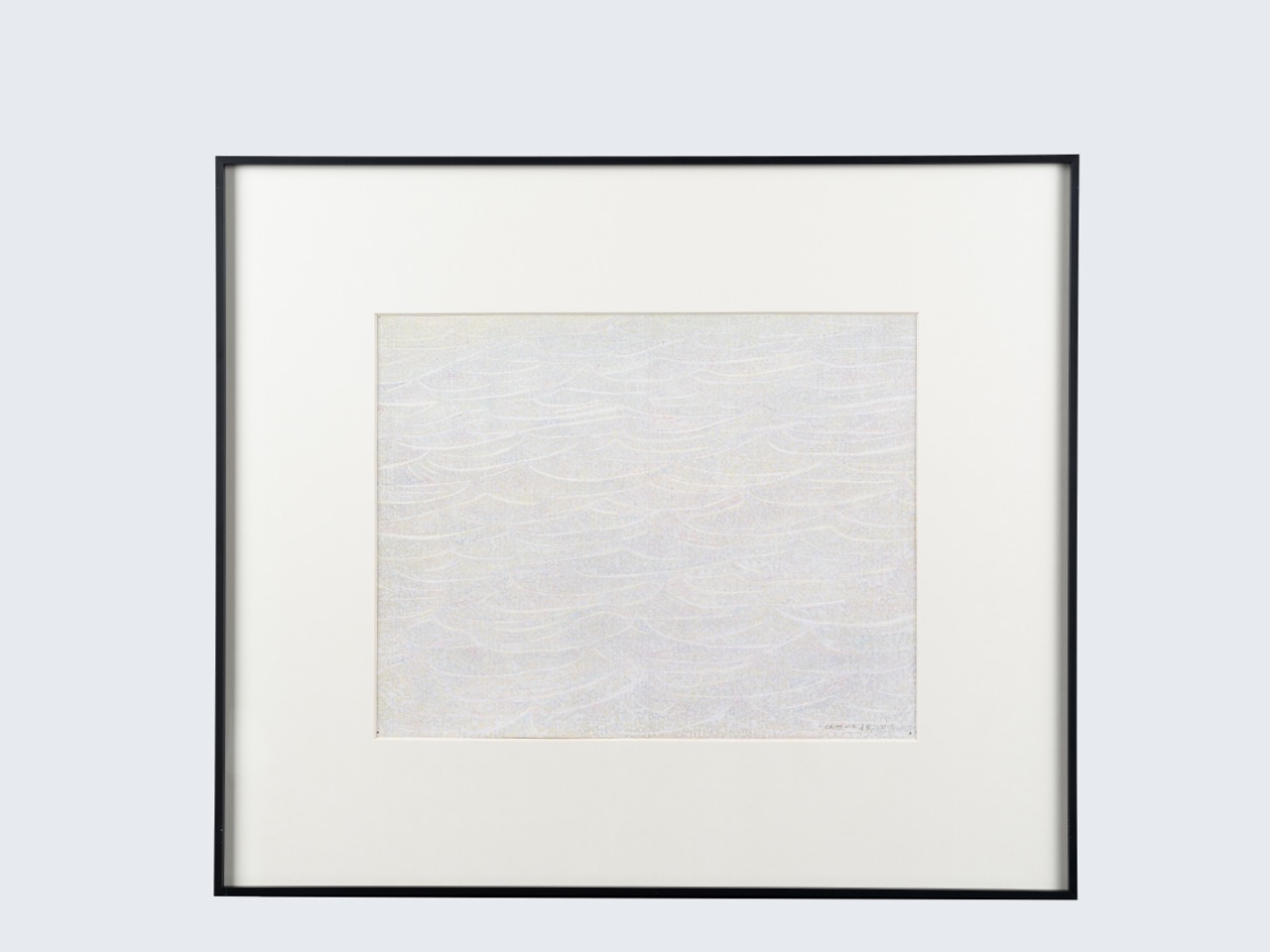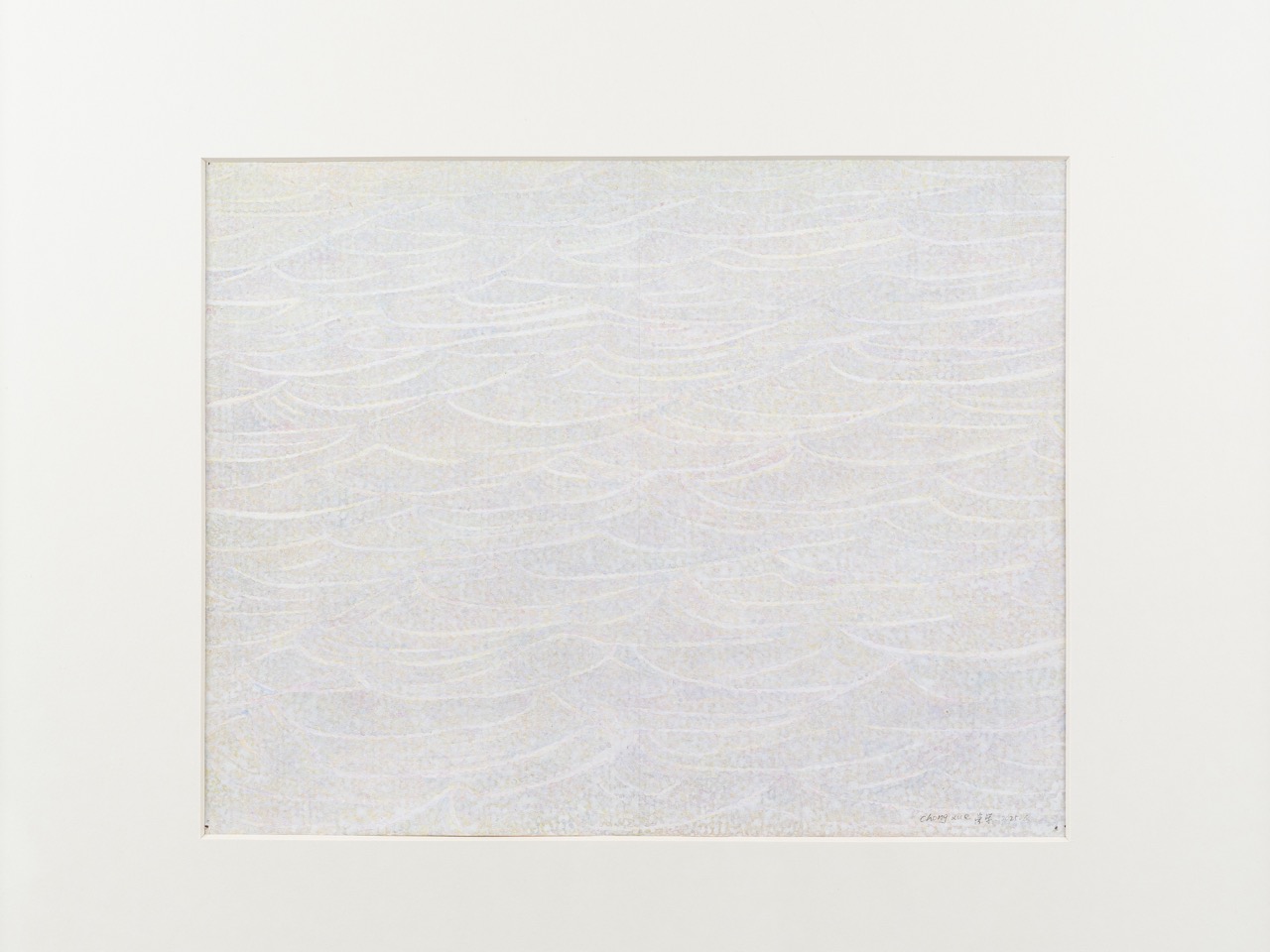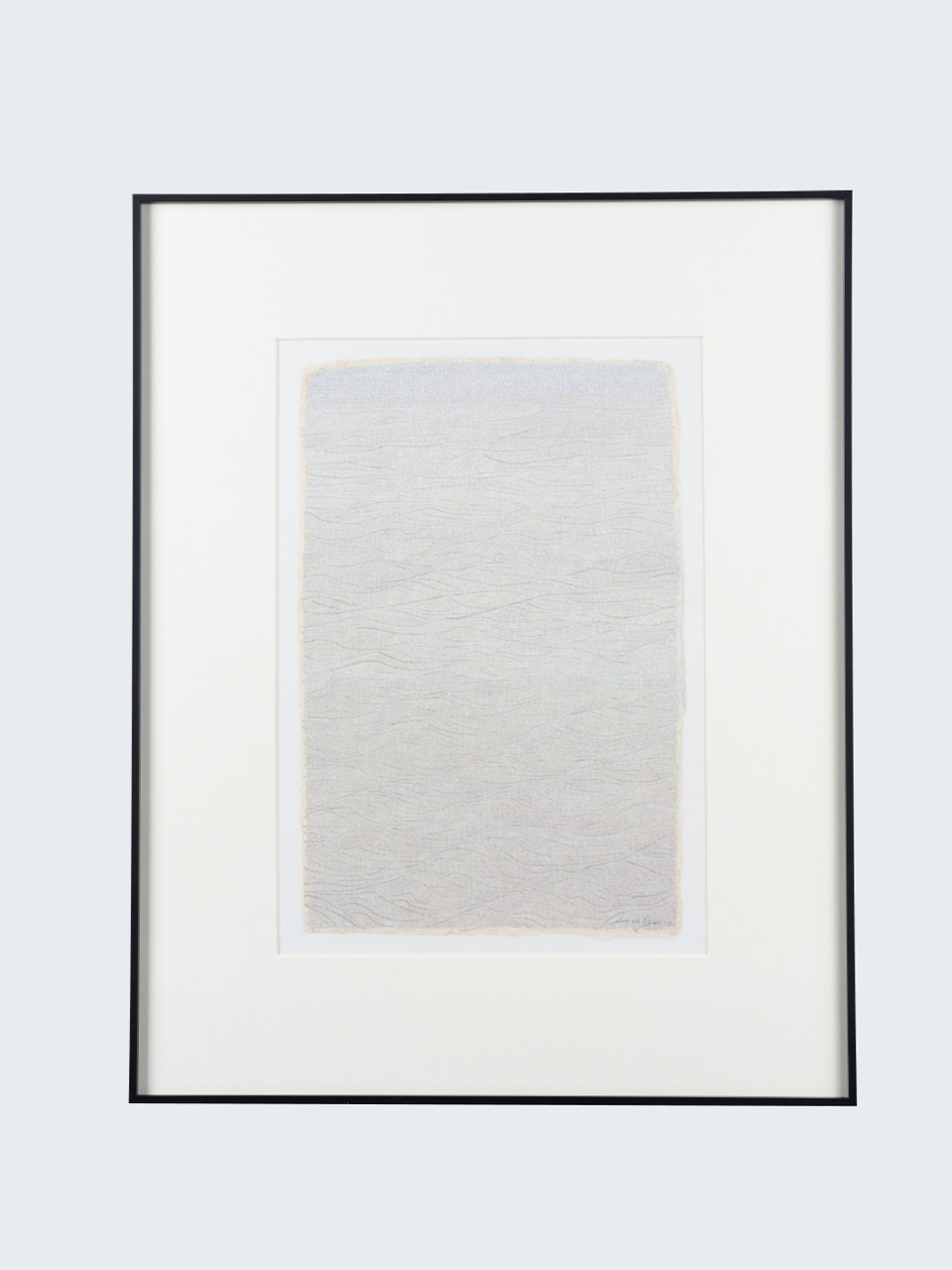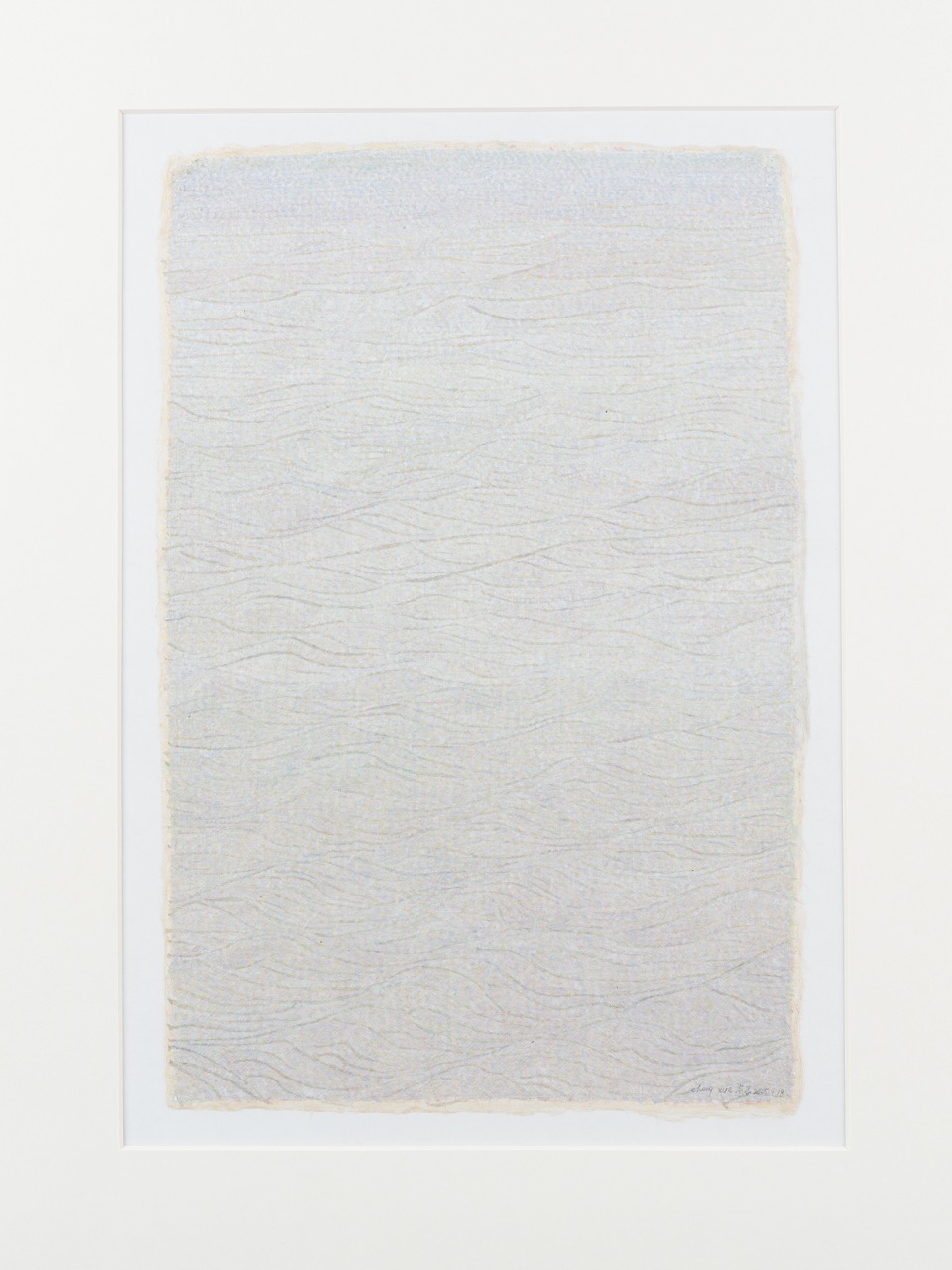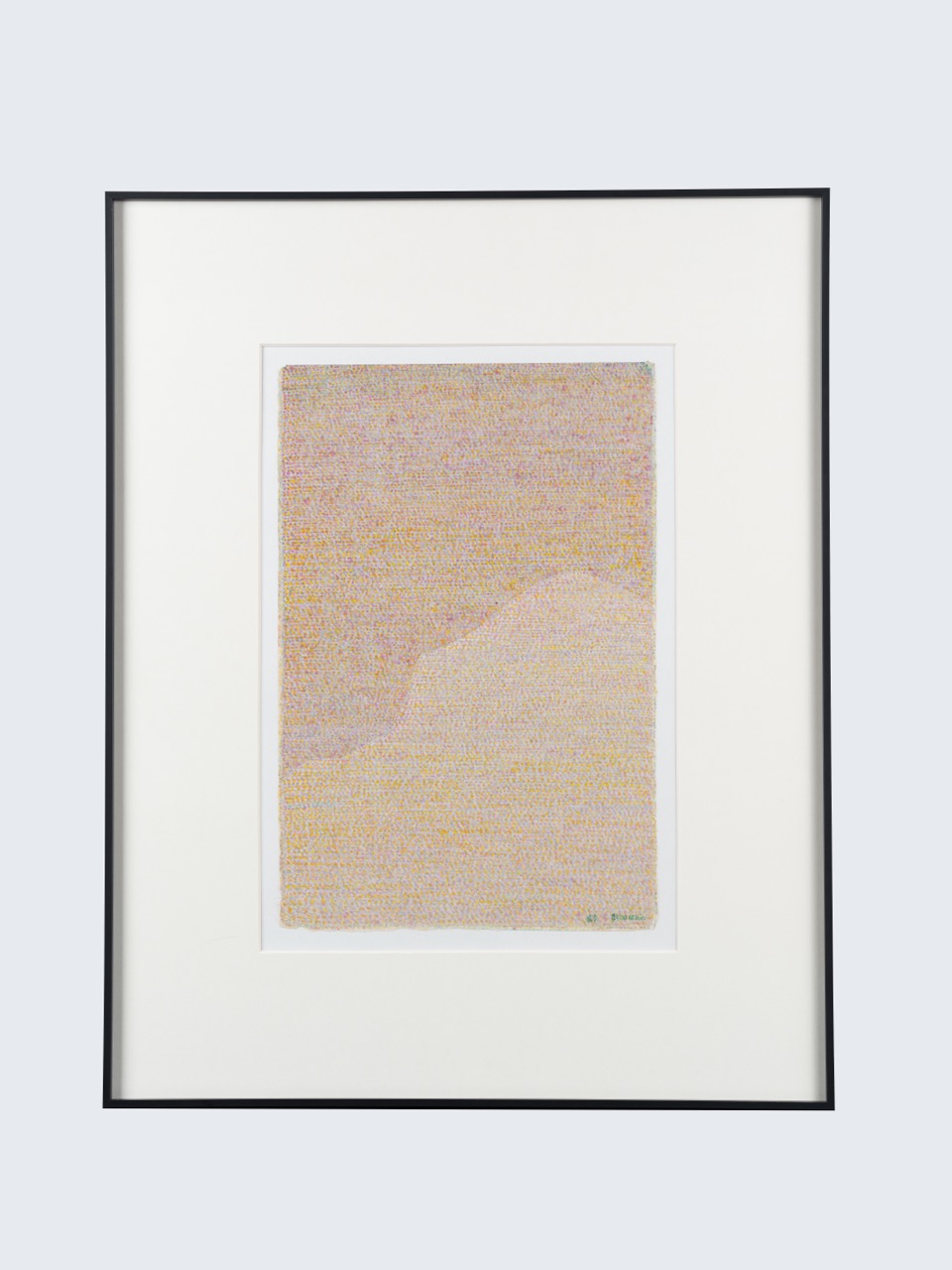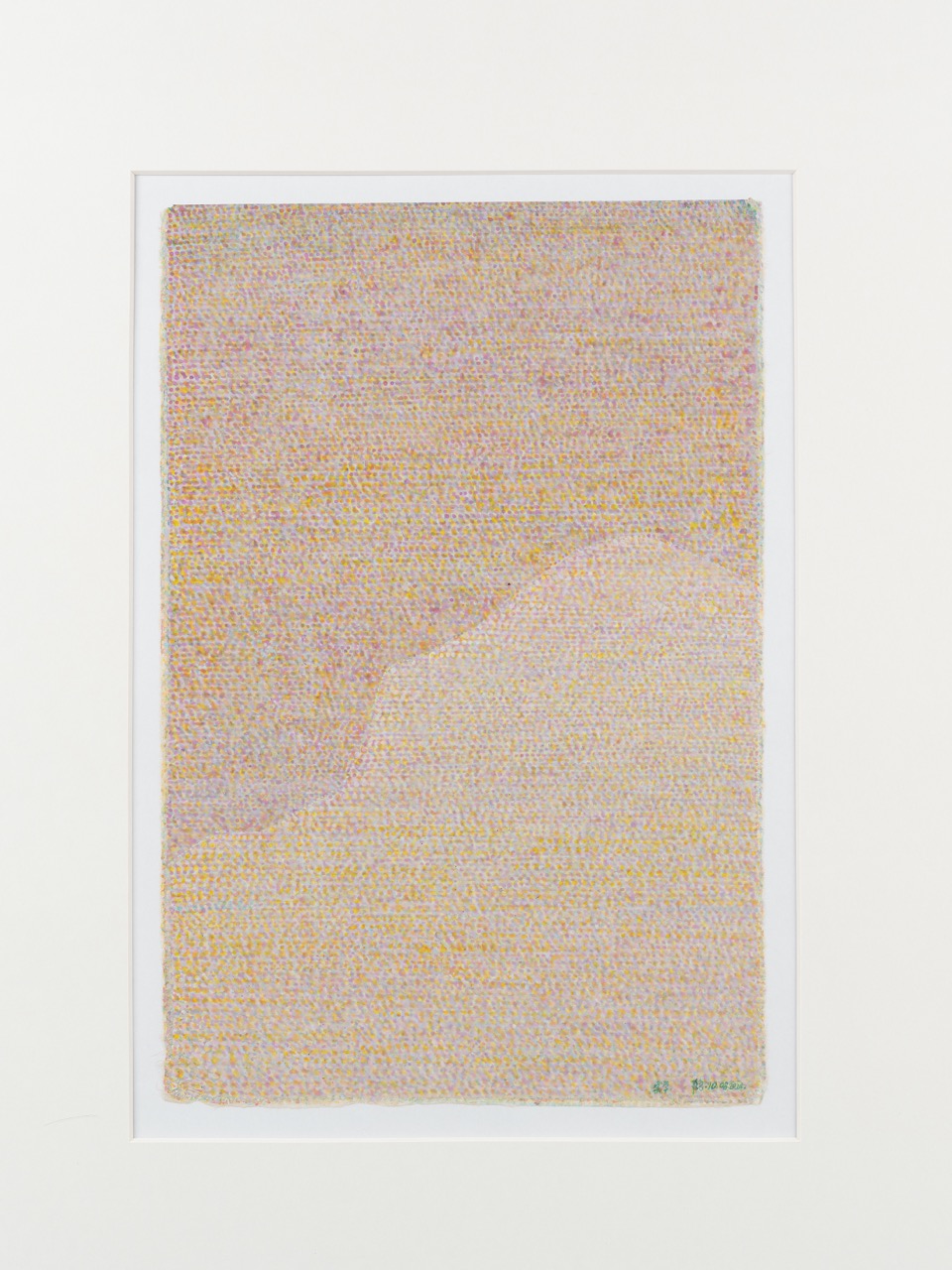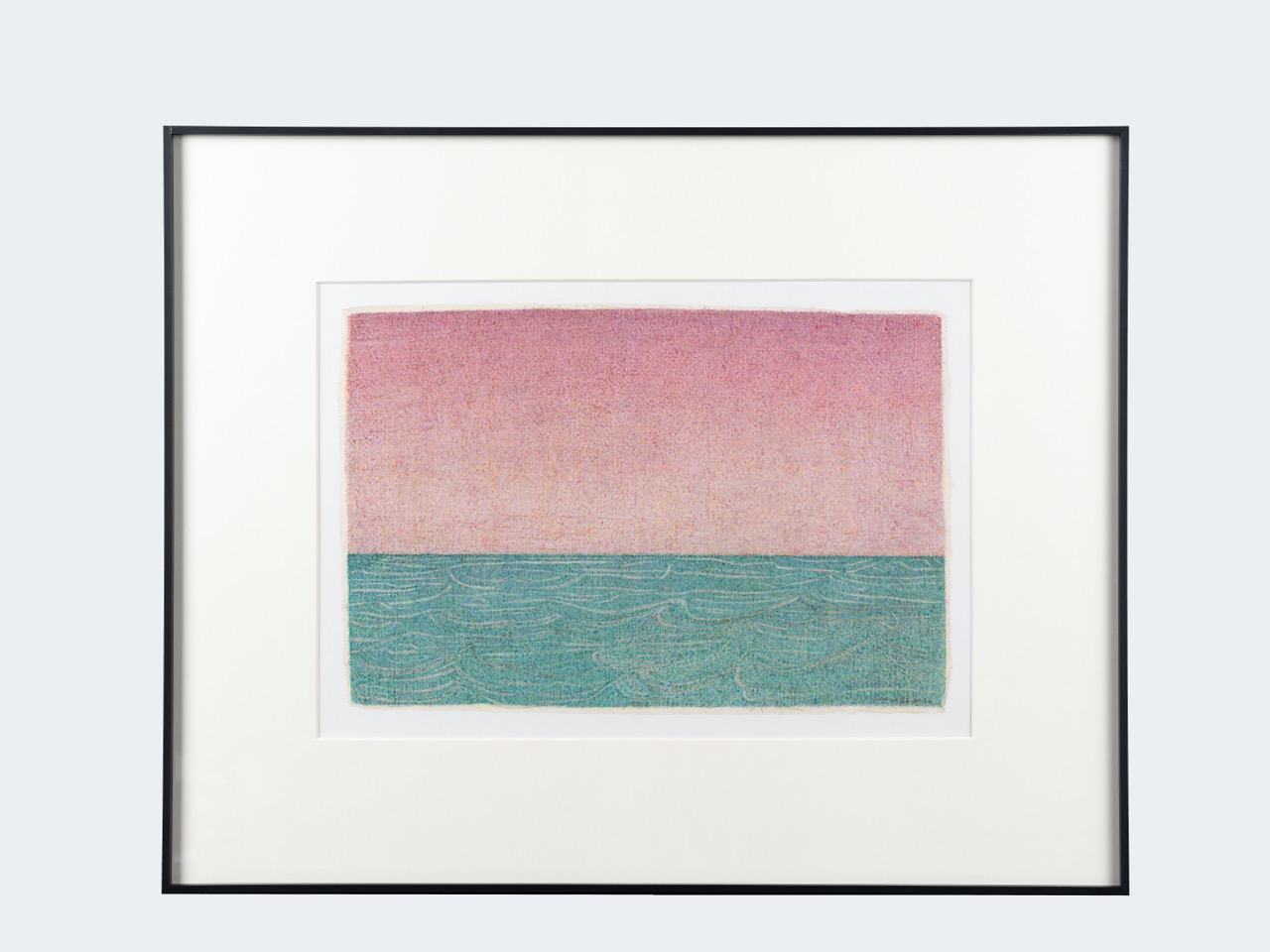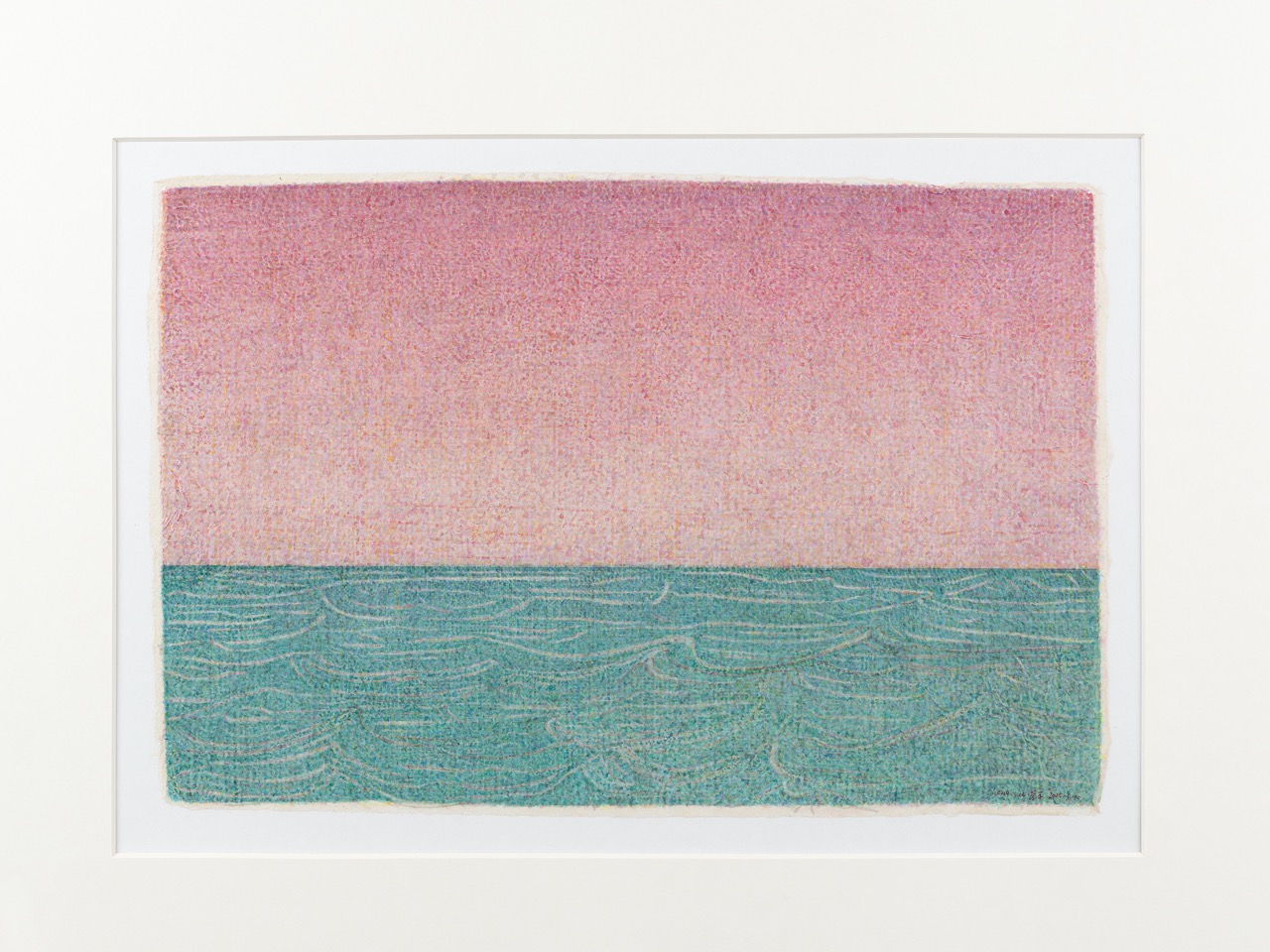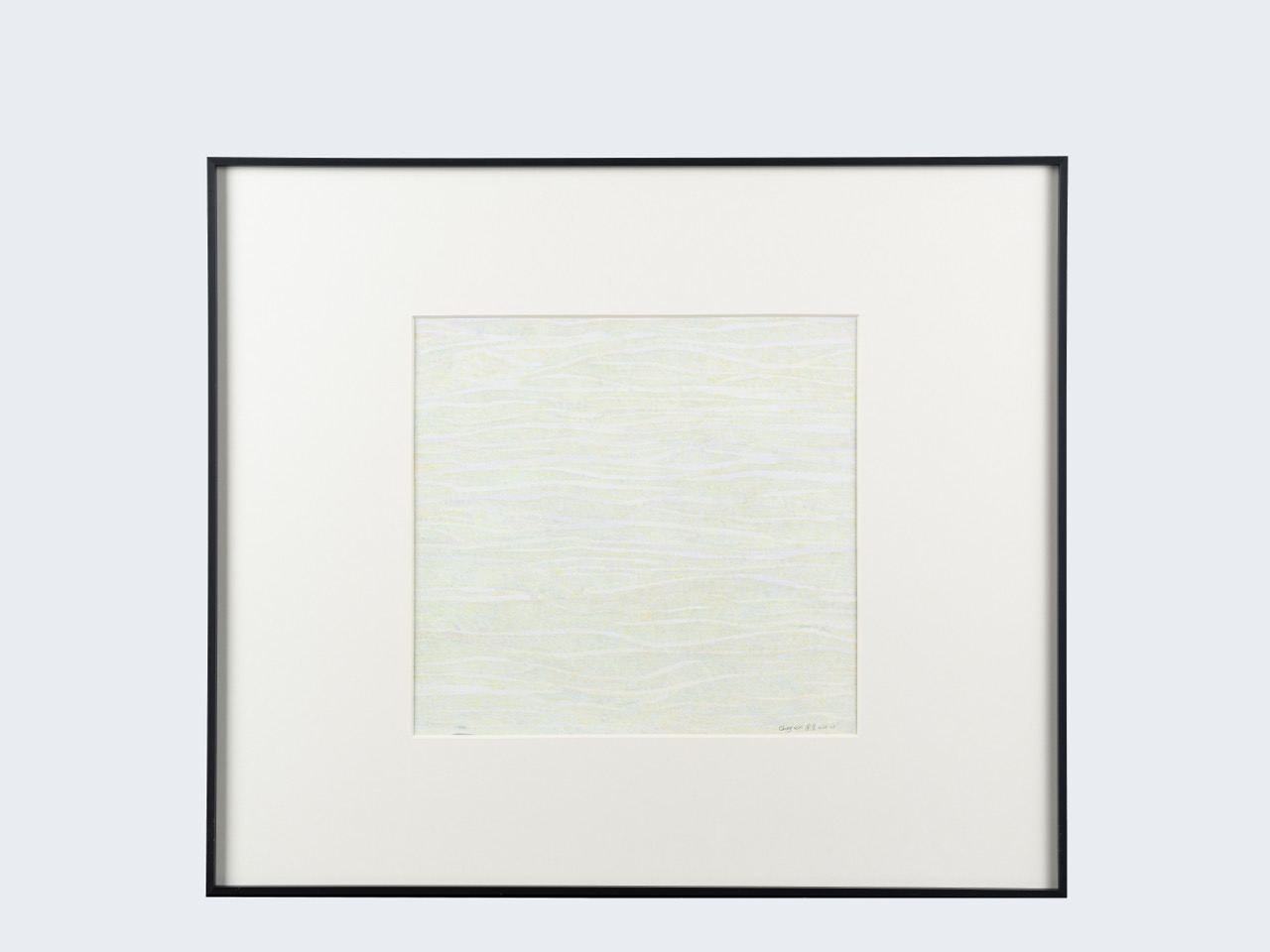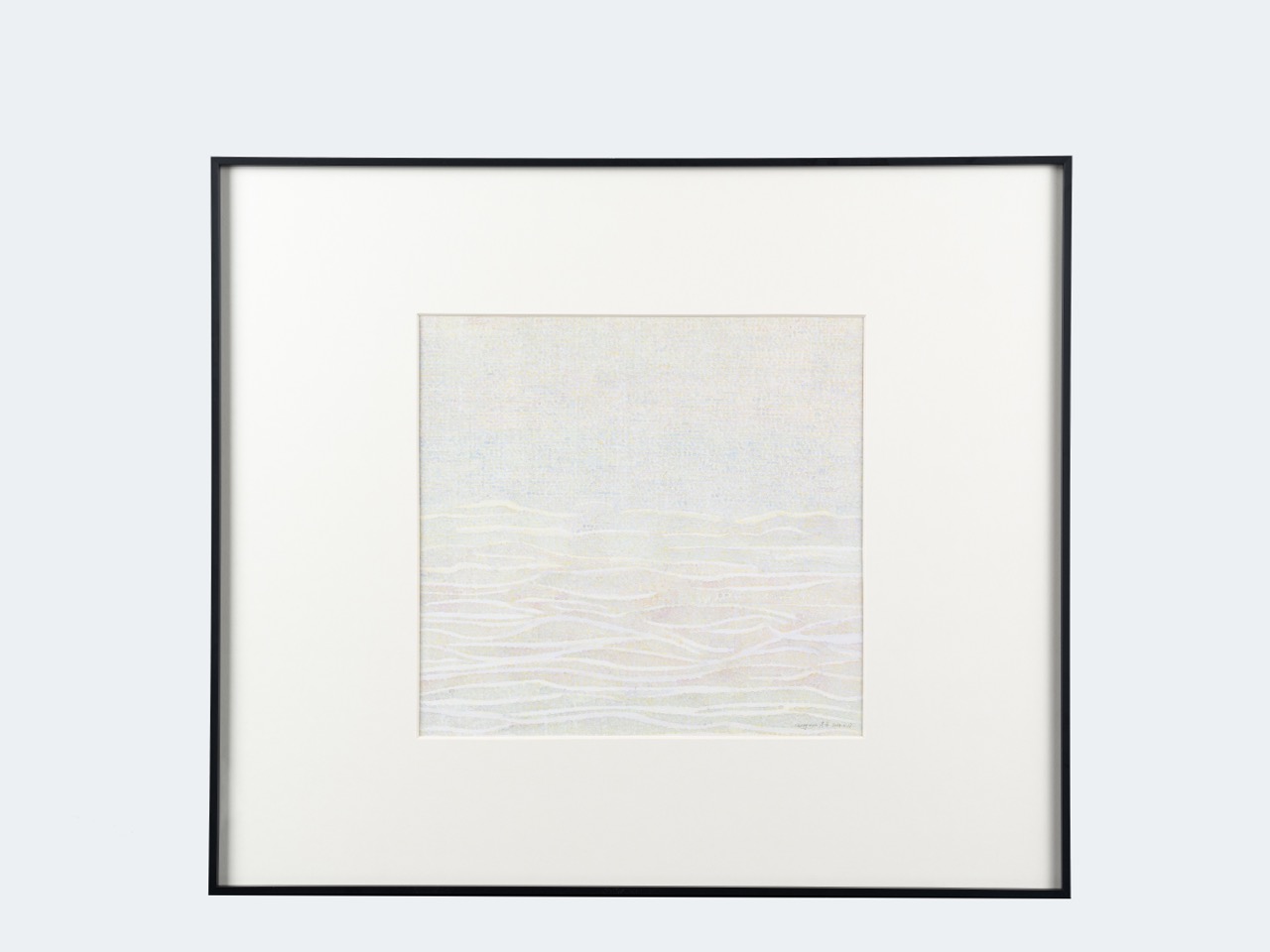Exhibition Details:
Extraction · Reconstruction
Wang Chongxue‘s Solo Exhibition
18 Oct – 23 Nov 2025
Curators: Du Xiyun & Rick Shi
Curatorial Team: Audrey Zhang, Yan Li, Kenneth Liu, Freya Zhang, Hannah Zhu
Prestige Gallery:
39 Keppel Rd, Lobby A #03-01
Tanjong Pagar Distripark, Singapore 089065
Opening Reception
Date: Saturday, 18 October 2025
Venue: Prestige Gallery
39 Keppel Rd #03-01, Tanjong Pagar Distripark, Singapore 089065
Programme
11:00 – 11:15 Reception of Guests
11:15 – 11:40 Curatorial & Artist Introduction
11:40 – 12:00 Traditional Chinese Music Performance
12:00 – 13:00 Networking & Buffet Lunch
13:00-14:00 Artist Talk with curators
Through years of rigorous training at art academies, Wang Chongxue has developed a deep awareness of the intrinsic energy of artistic form. He constantly experiments with and refines his means of expression, seeking to create works that resonate with thoughtful precision. His reflections on art history, coupled with his observations of contemporary life, have led him to recognize certain enduring truths of the human condition. These recurring patterns, resurfacing again and again across history, give his works a sense of both familiarity and timelessness. In his practice, the renewal of artistic form and the persistence of human experience merge seamlessly.
Wang extracts elements from classical paintings. He then reorganizes them into new structures—sometimes in order, sometimes more freely. The original painting recedes into the background, barely perceptible upon close inspection. Both the extracted fragments and the underlying images are transformed in color, texture, and treatment, revealing the sensibility and methods of contemporary art. Their interplay reflects the artist’s own perspectives: at times pointing to the nature of human society, at others touching on broader concerns. His approach to art evolves as his focus shifts.
In an age shaped by modernity and accelerated by technology, the distance between contemporary life and the traditional world grows ever wider. Wang’s works highlight this divide: once reconfigured with reason and geometry, the old paintings become almost unrecognizable, emphasizing the gulf between past and present. Yet when one lingers on the details, the smallest dots and strokes come alive. The traces of a beating heart appear, lively and immediate. In these moments, the works echo the gestures of past generations and traditional painters, reminding us of a shared continuity that endures beneath the surface of change.
—— Du Xiyun, Curator
About the Artist Wang Chongxue
Born in 1975 in Meishan, Sichuan, Wang Chongxue obtained his Master’s degree from the Academy of Art, Sichuan University in 2006, where he studied under Cheng Cong Lin, one of the leading figures in Chinese contemporary art. He is now a distinguished professor and discipline leader at Sichuan Film and Television Academy. His works have been exhibited in solo and group shows worldwide and featured in major art fairs in Germany, the Netherlands, Beijing, Shanghai, Taipei, and Hong Kong. His paintings are held in the collections of the Sichuan Art Museum, as well as institutions and private collectors in Germany, Taiwan, Shanghai, Chengdu, and the United States.
After more than two decades of daily practice, Wang developed his own distinctive visual language—the “Translucency Technique”, which subtly integrates three postmodern strategies: mechanical reproduction, collage, and appropriation of tradition. In his Translucency series, Wang reinterprets classical Chinese imagery such as Gu Hongzhong’s The Night Revels of Han Xizai and Huang Quan’s Sketches of Rare Birds. Birds and flowers—recurring motifs in his paintings—either float on the surface or merge with human figures, half-concealing and half-revealing scenes of festivity. Viewers must gaze through these layered veils of imagery to glimpse the “floating world” once existed.
Art critic Wu Yongqiang refers to Wang’s practice as a “linguistics of the dot.” Each “dot” serves as both a unit of image and a trace of time, embodying the artist’s emotion, labour, and introspection. Over twenty years, his Translucency and Veiling series have demonstrated a persistent exploration of visual language, contributing a singular path to the evolving discourse of Chinese contemporary art.
Selected Collaborations: Prestige Gallery (Singapore); Update Gallery (Germany); Tao Water Art Gallery (USA); Dunhuang Art Center (Taipei); Dahe Art (Taichung); 5000 Years Art Space (Kaohsiung); Yuhong Art Center (Shanghai); Louvre Purple Collection (Shanghai); Van Gogh Gallery (Shanghai); Fermat Art Museum (Chengdu); Liaoliao Pavilion (Chengdu); Nangu Art Museum (Chengdu).
Extraction and Reconstruction: Wang Chongxue’s Methods and Motives
—— Du Xiyun
Renowned curator and art critic, former Deputy Director of Shanghai How Art Museum and Shanghai Himalayas Museum, founder of Art Time magazine
Wang Chongxue received extensive training within China’s art academies. Rooted in nineteenth-century Western realist techniques, this pedagogy cautiously opens itself to the languages of modern and contemporary art. Such sustained academic discipline has endowed Wang Chongxue with a profound awareness of the intrinsic energy of form. Through relentless experimentation, he refines and advances his modes of expression in pursuit of accuracy and resonance. The academy, meanwhile, places great emphasis on historical continuity — tradition is to be studied and inherited with care. Yet how art engages with contemporary life is ultimately left to the individual artist’s sensibility and choice.
Selected Works 2004 – 2021
The Spiritual Iconography Between ‘Translucency’ and ‘Veiling’: The ‘Dot’ of Wang Chongxue
—— Rick Shi
Curator, Art Critic, Artist
Over more than two decades, Wang Chongxue’s painting practice has evolved from classical imagery toward a language of abstract spirituality. His early “Translucency” Series reflects a concern with formal experimentation: by “re-painting through” fragments of ancient paintings, Wang investigates the dual space of image and concept. These works, though visually archaeological in structure, already reveal a latent quest for autonomy in visual language. As his work matured, he began to introduce repetition, rhythm, and order into his compositions—formal strategies that echo German Expressionist ideals of “primitive form” as a vehicle for spiritual experience. Expressionism seeks to penetrate reality through inner vision rather than depict it externally; in Wang’s technique of “translucency”, this idea takes form through the interplay of dot and line.


-Large.jpeg)
-Large.jpeg)
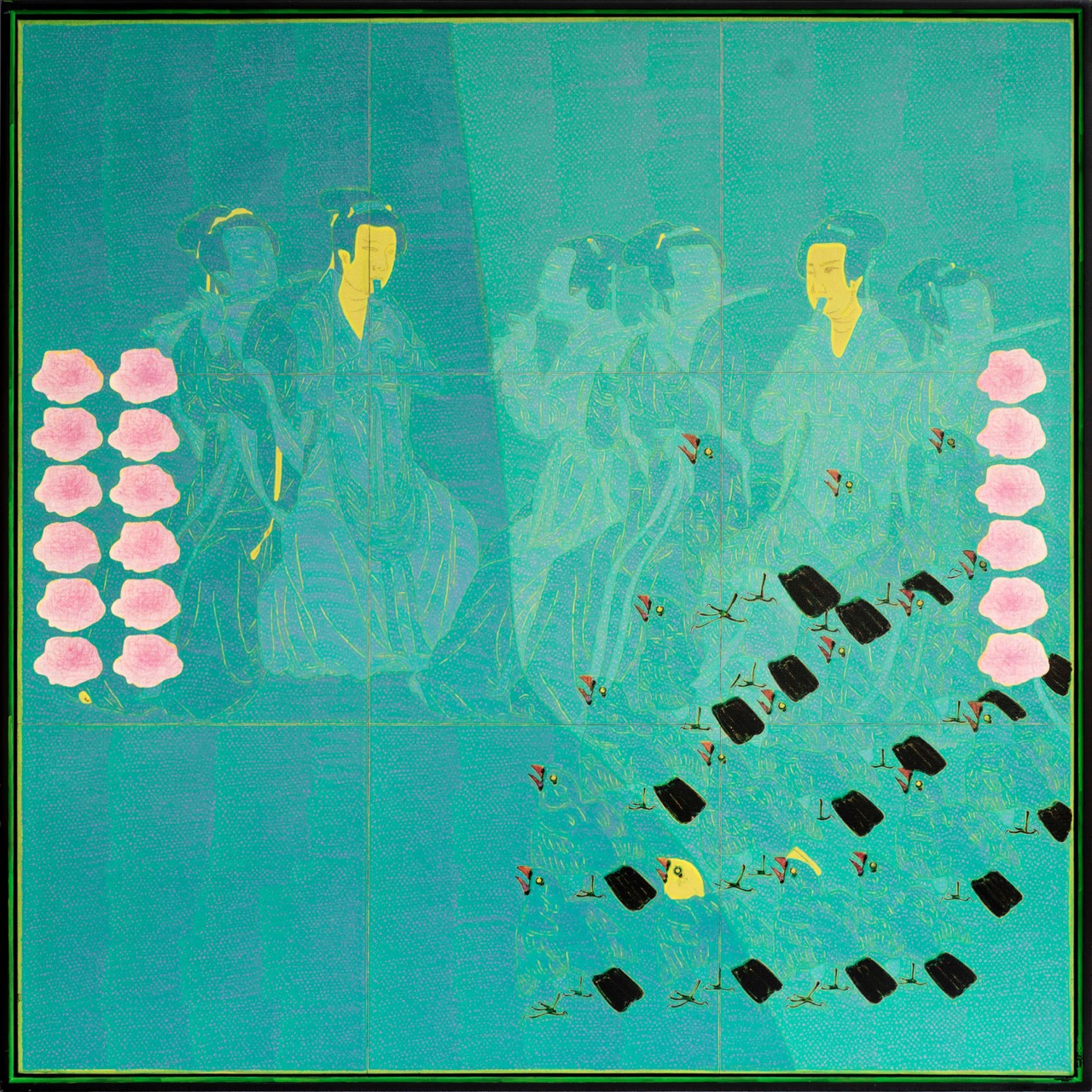

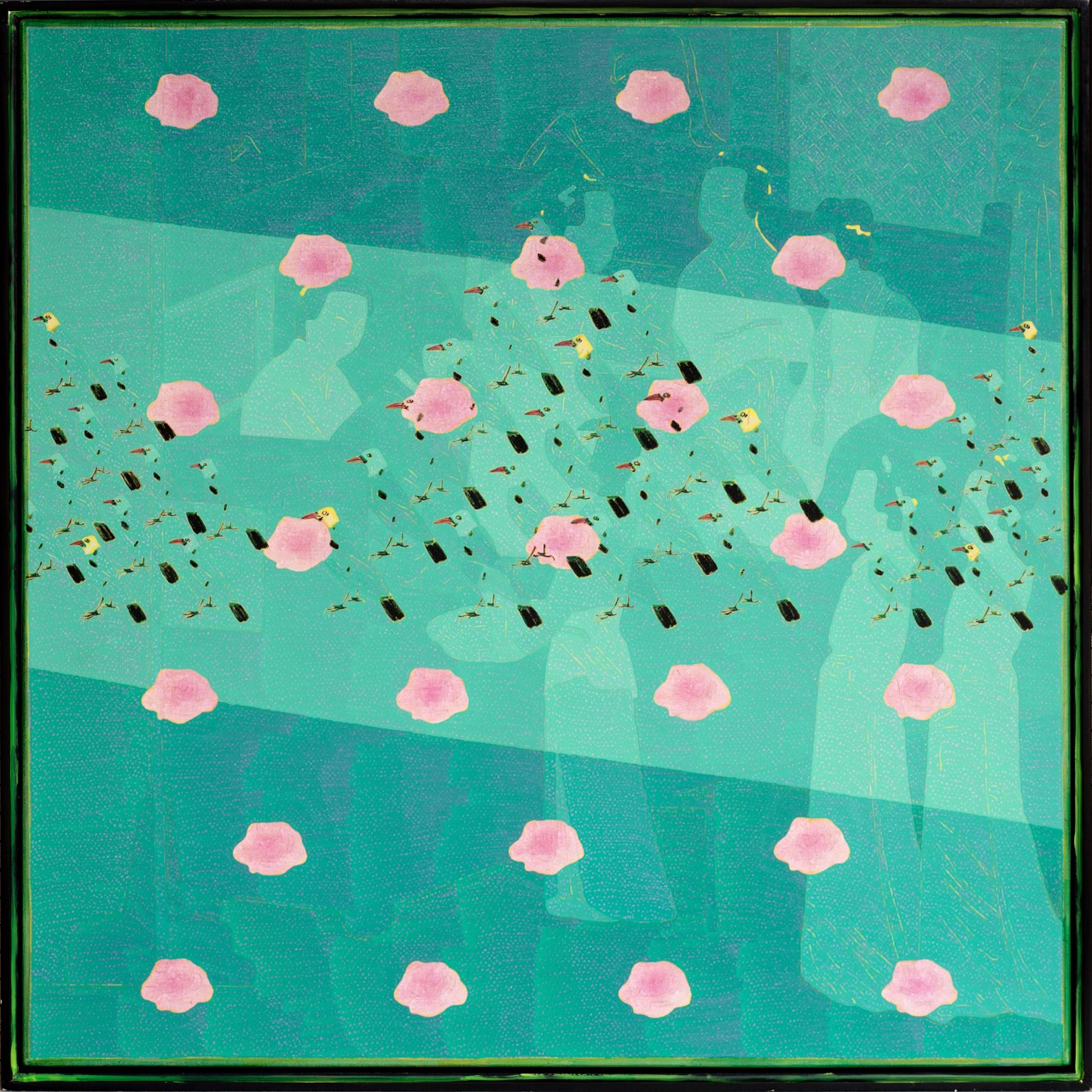
-Large.jpeg)
